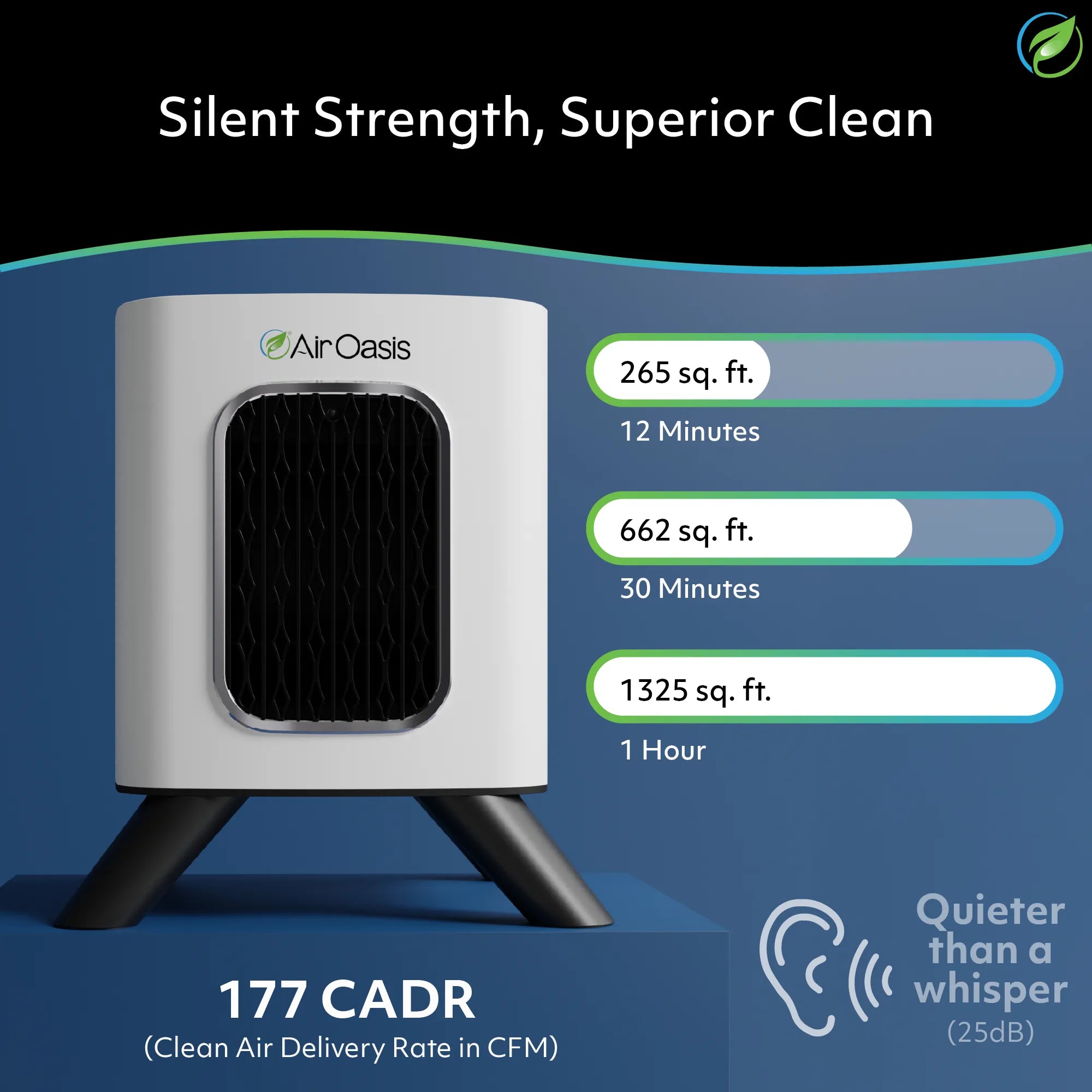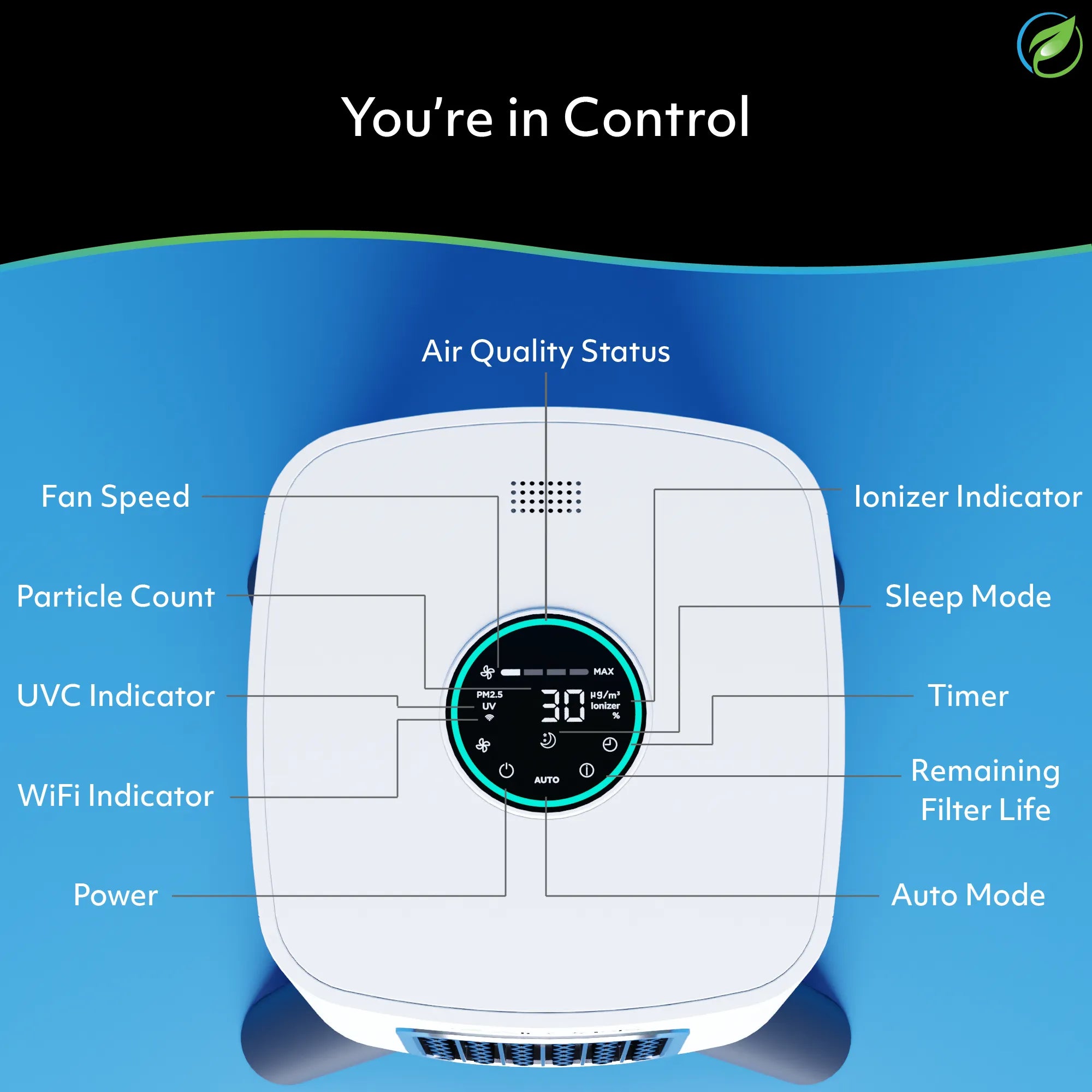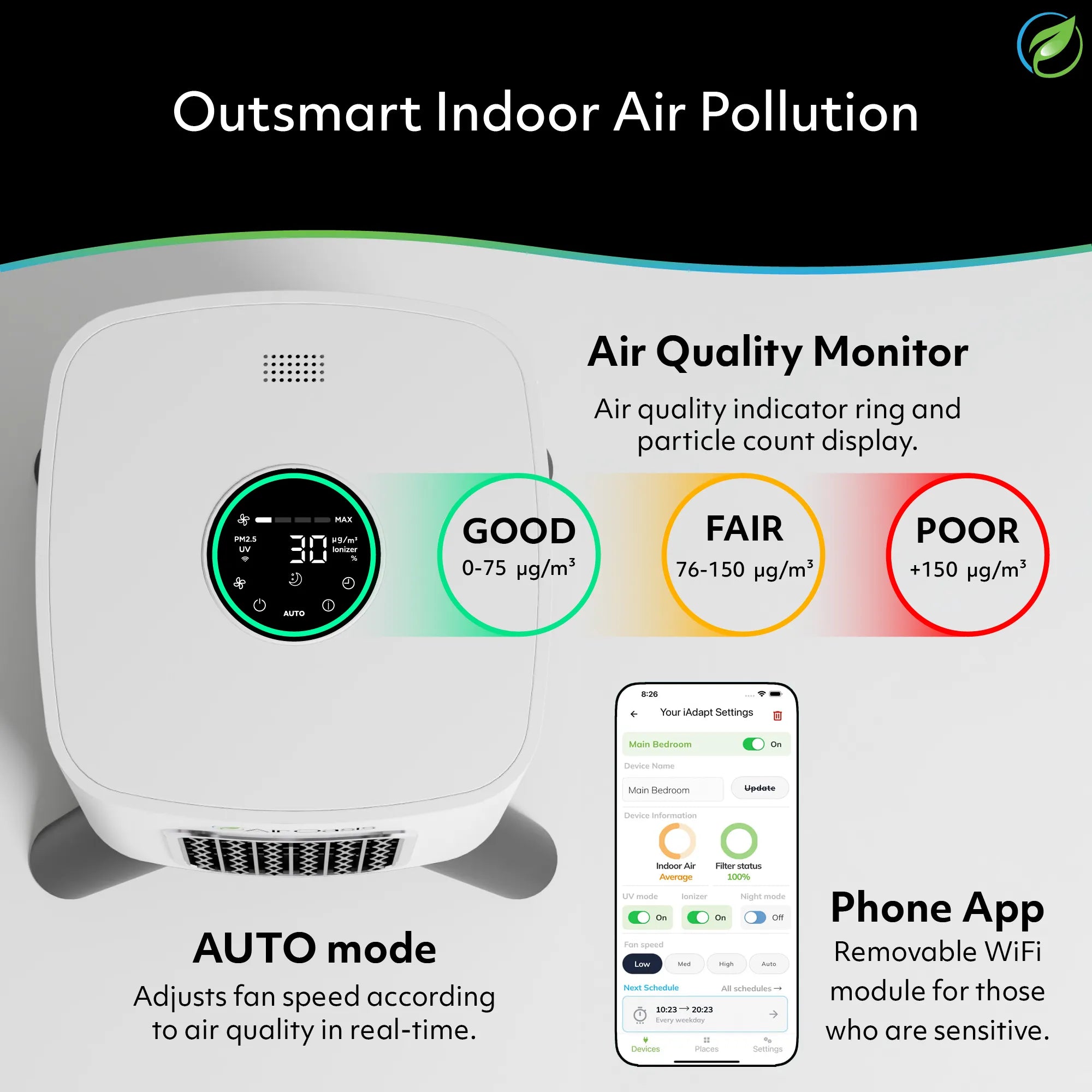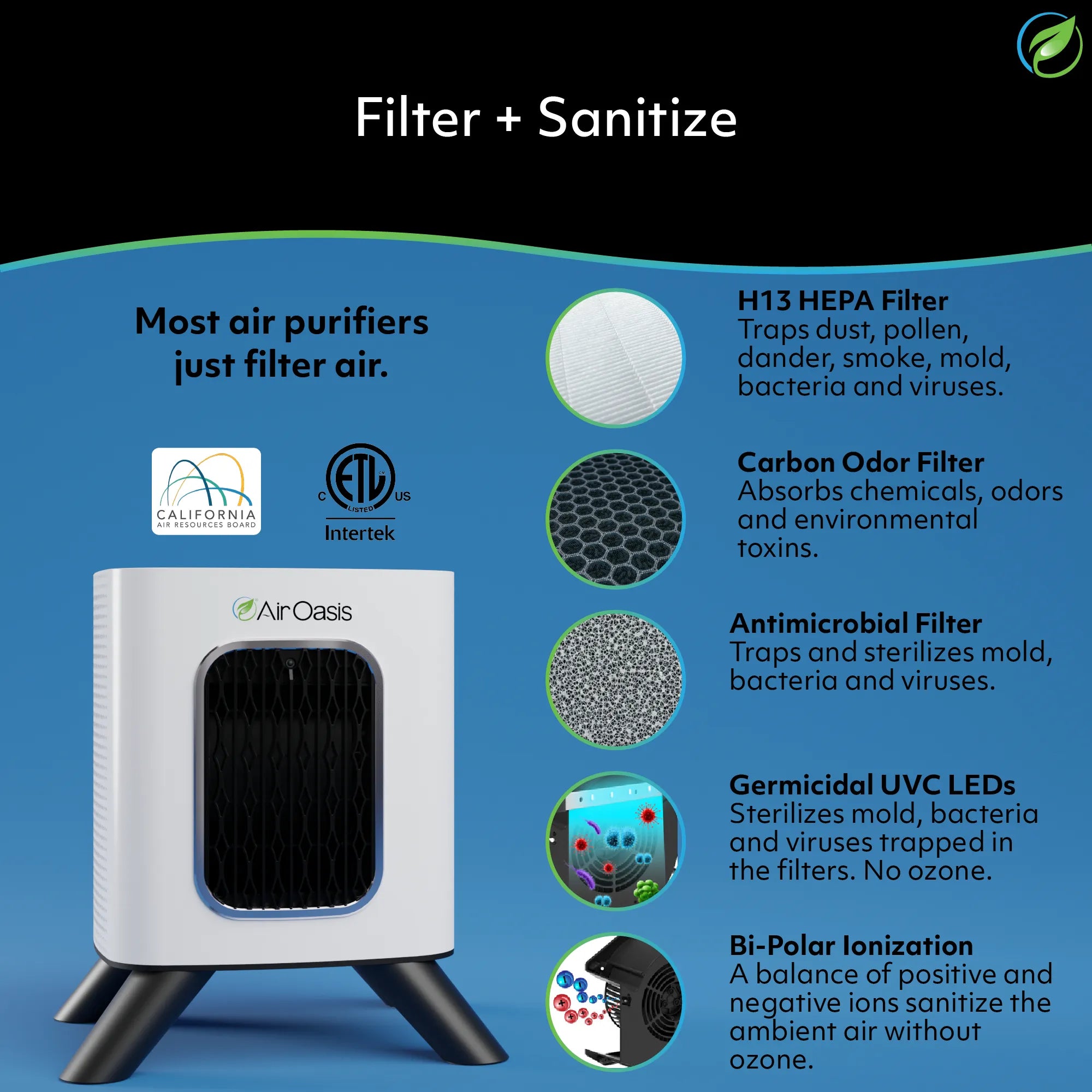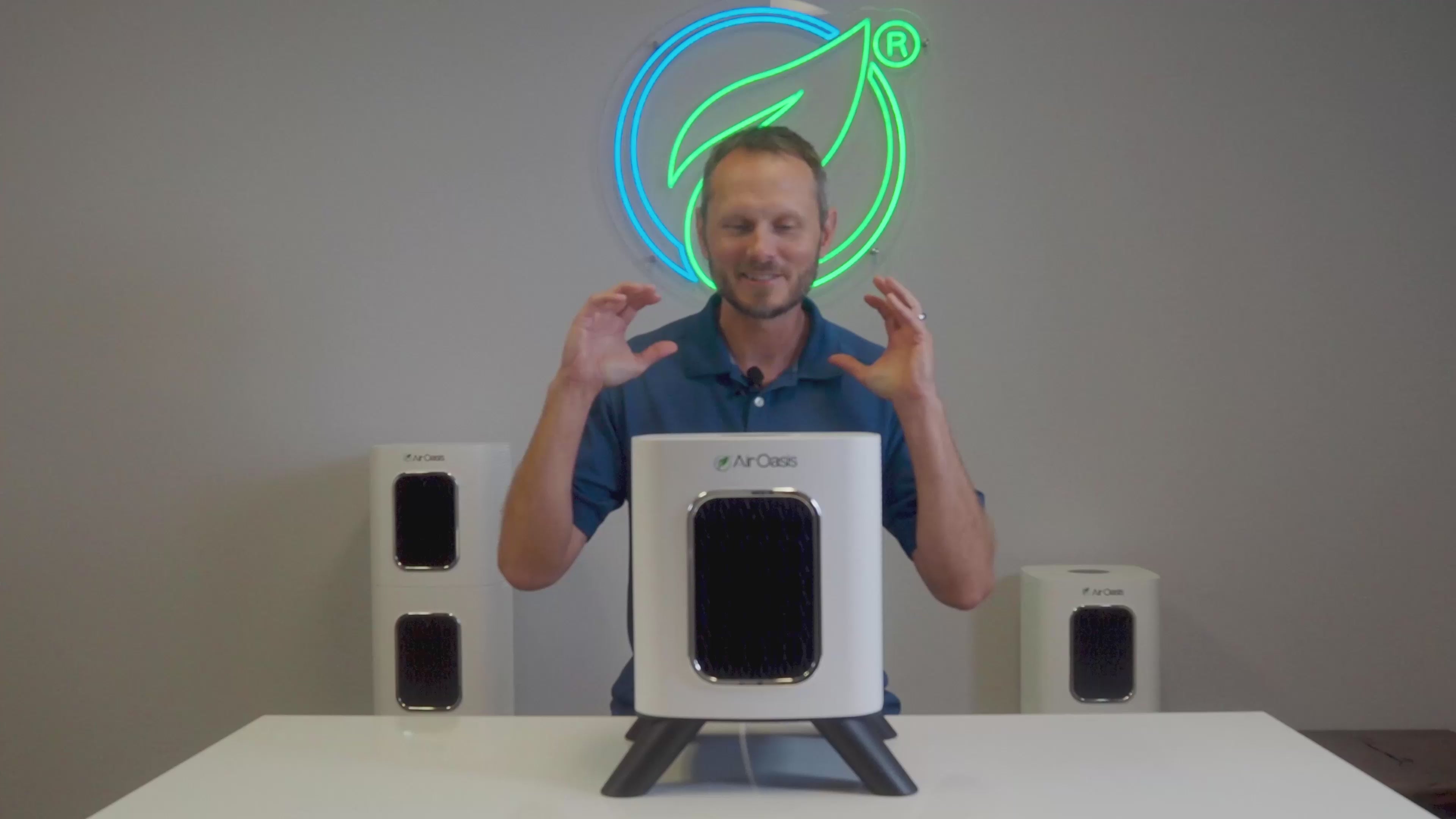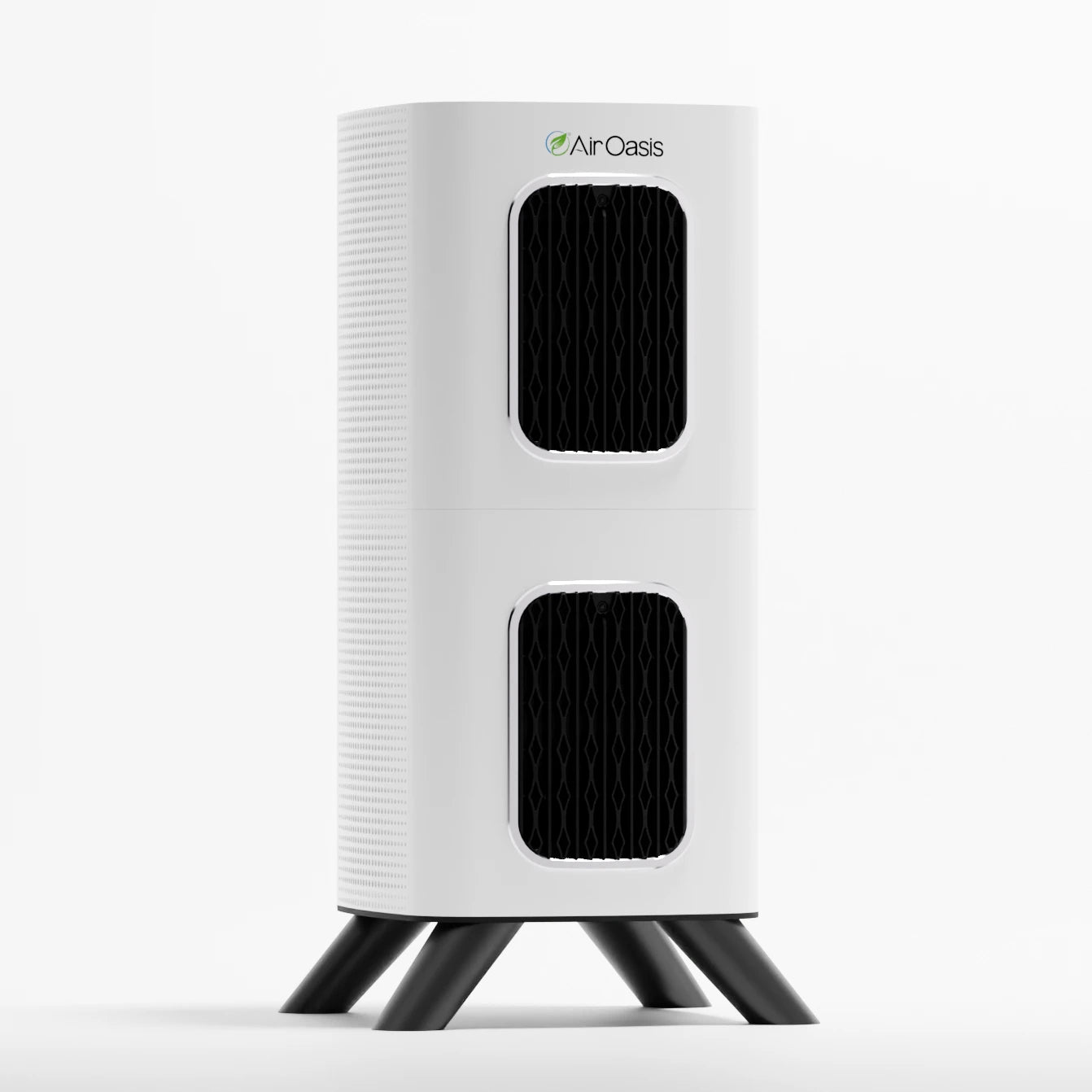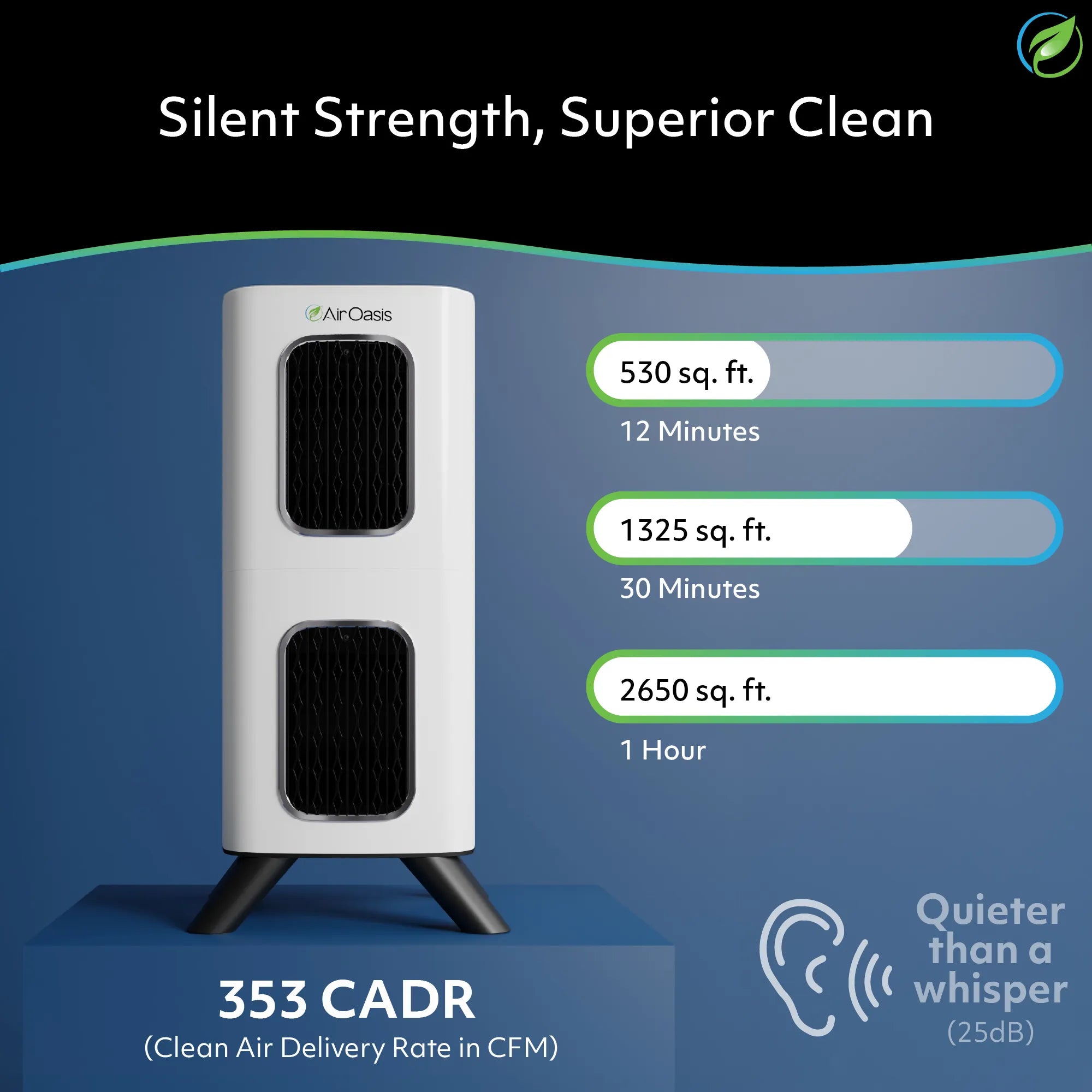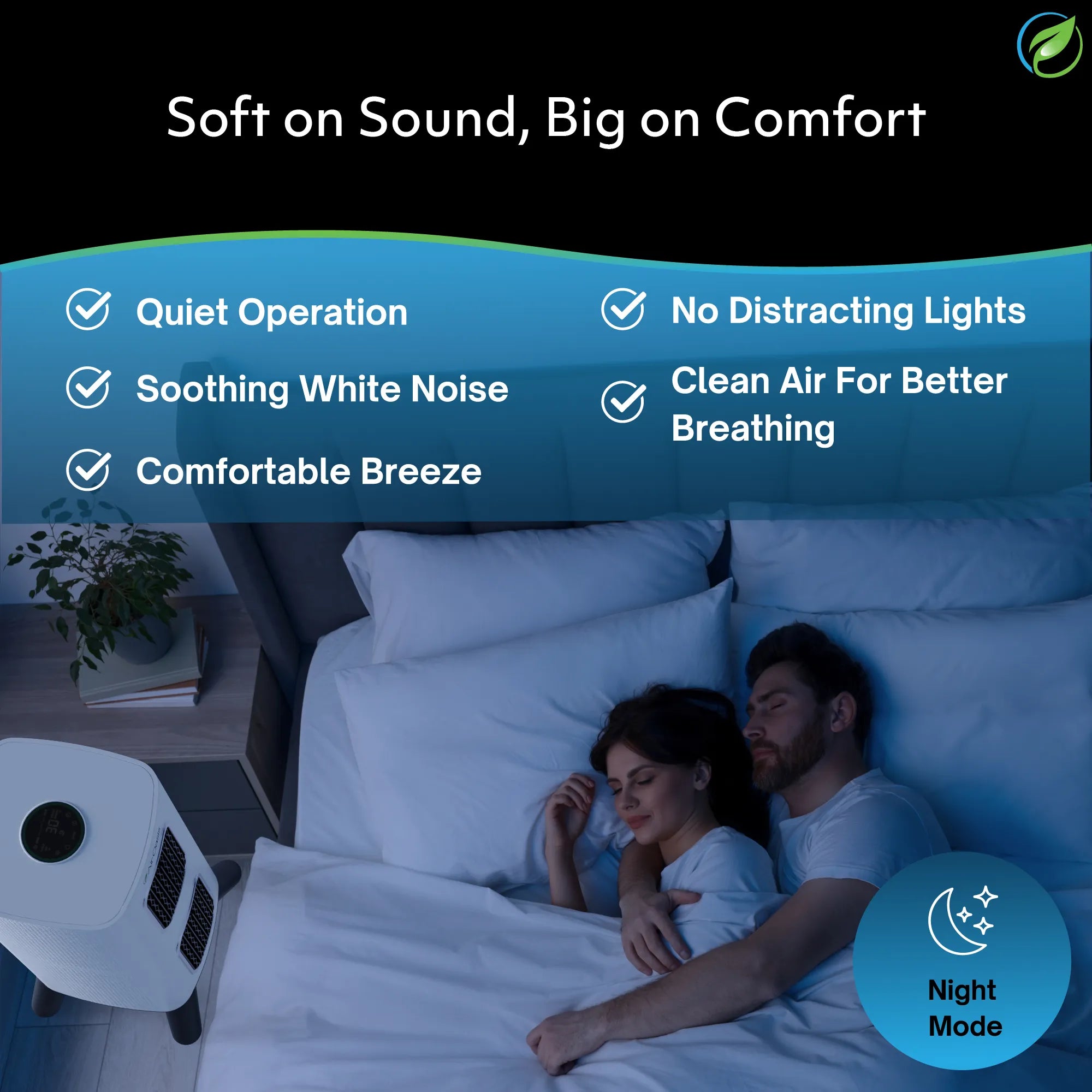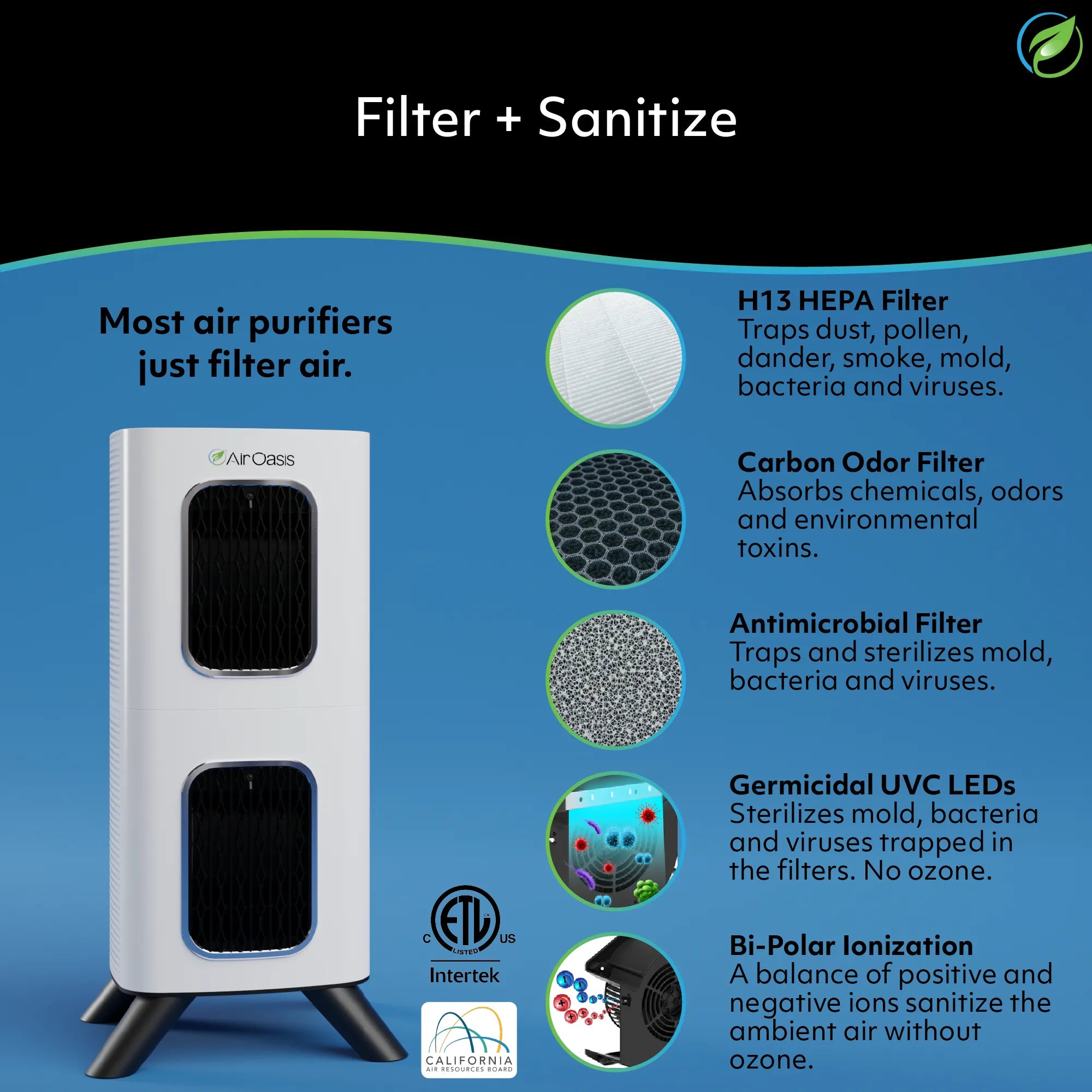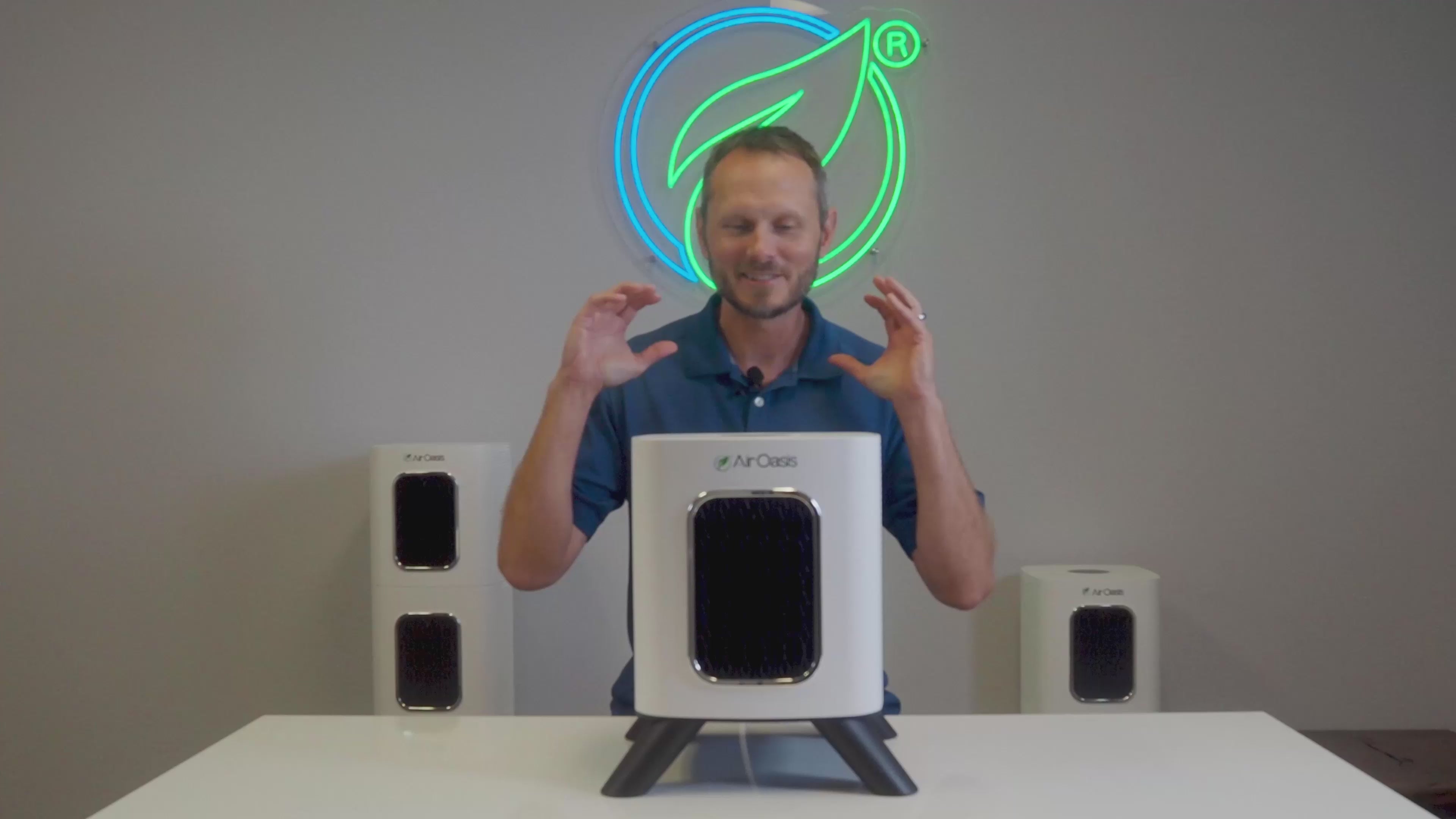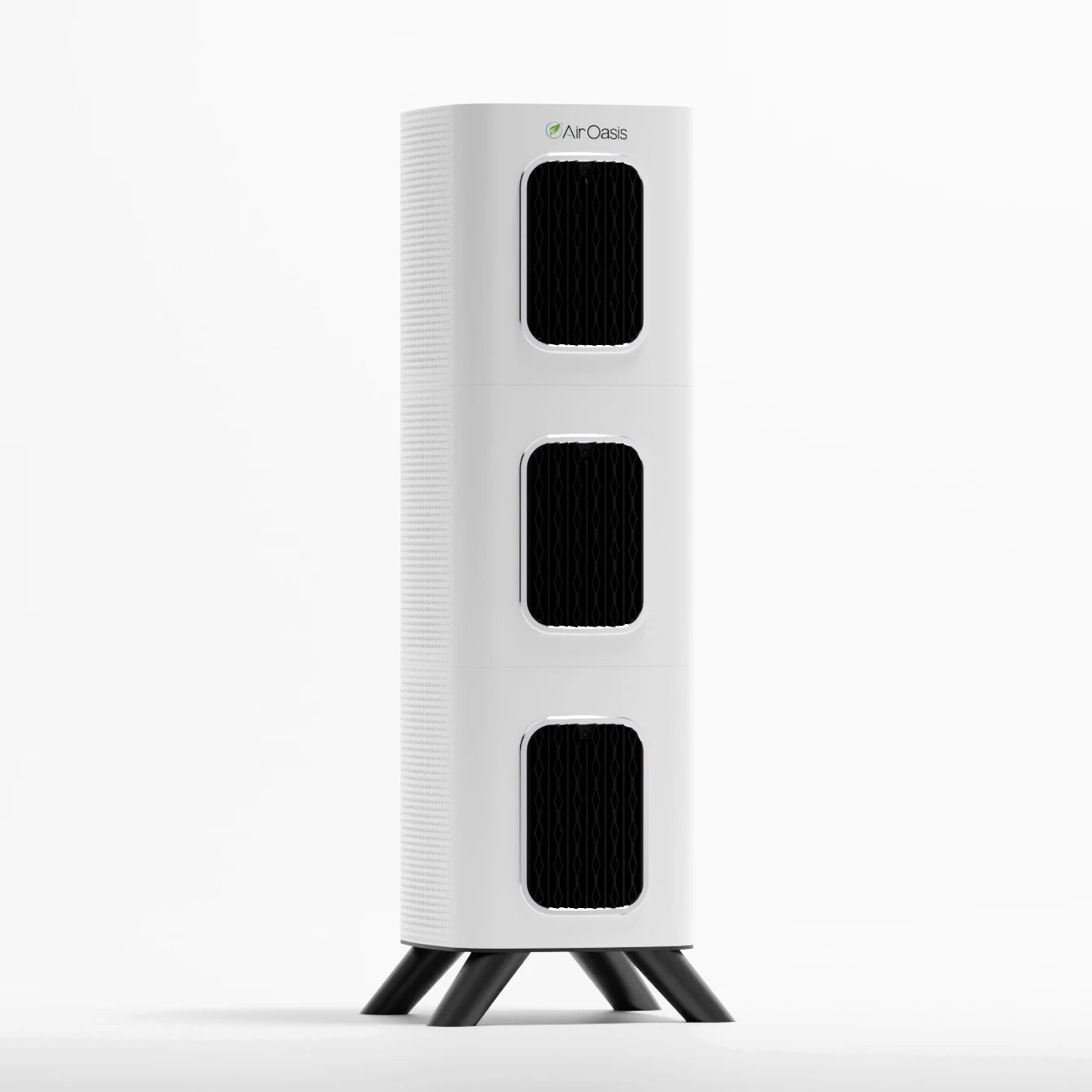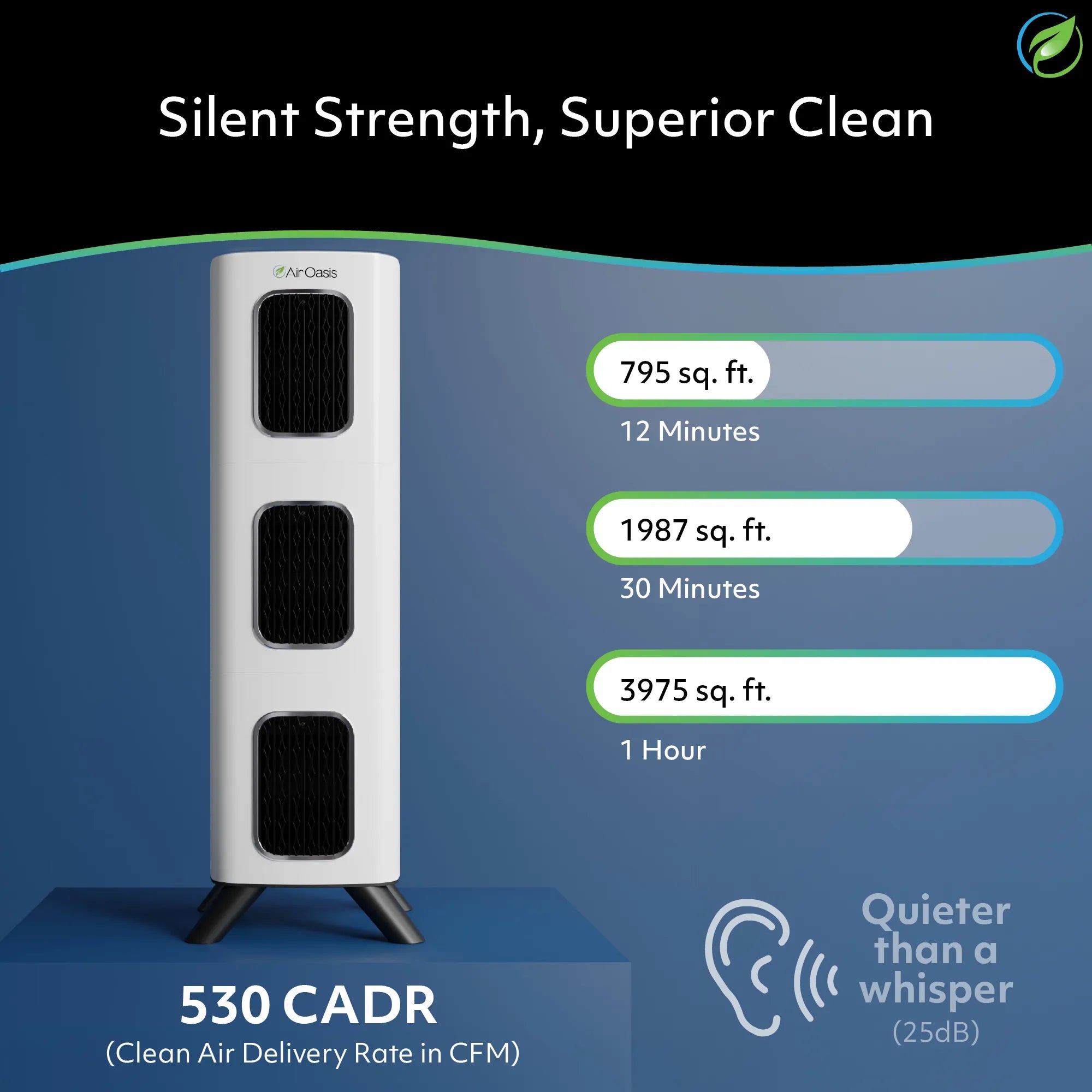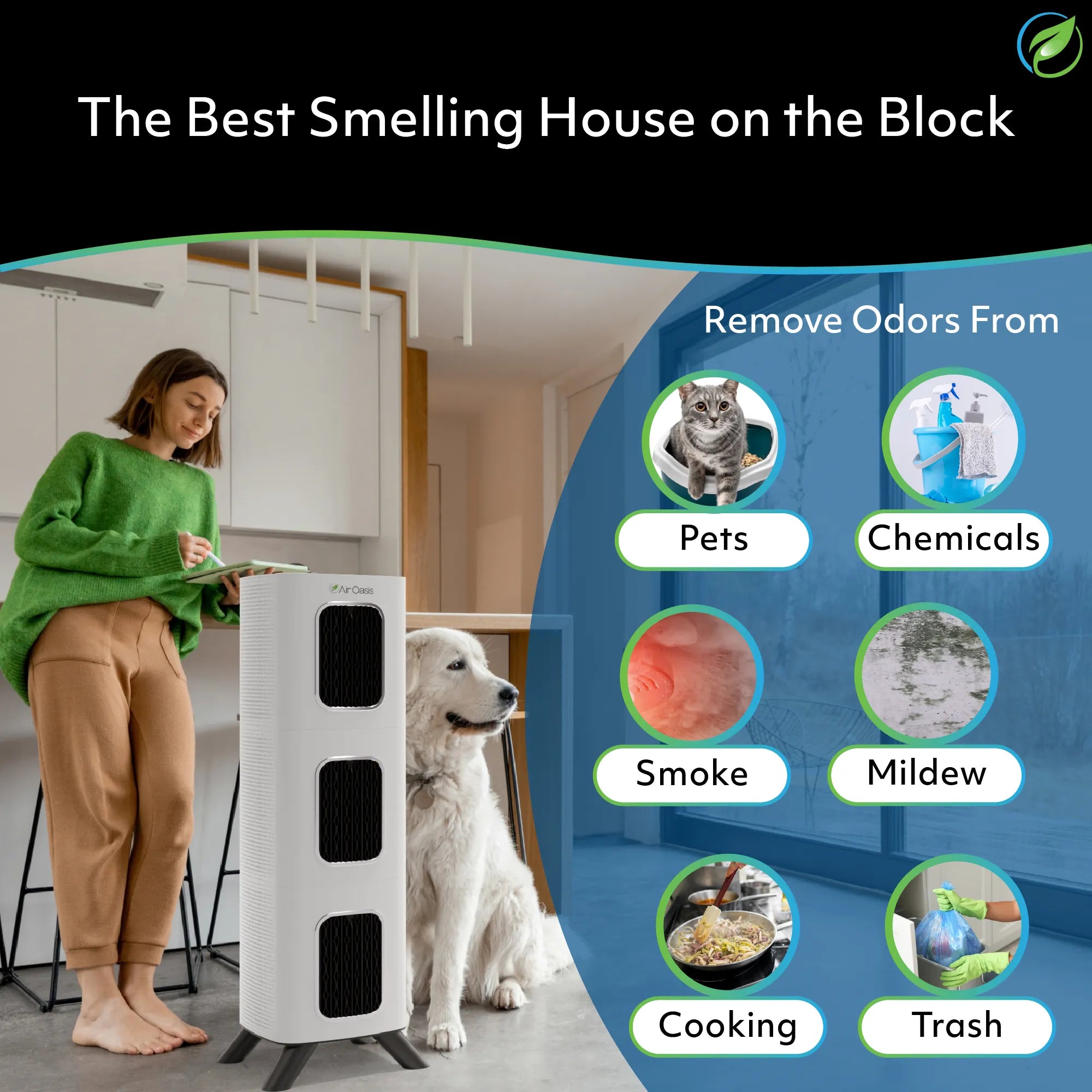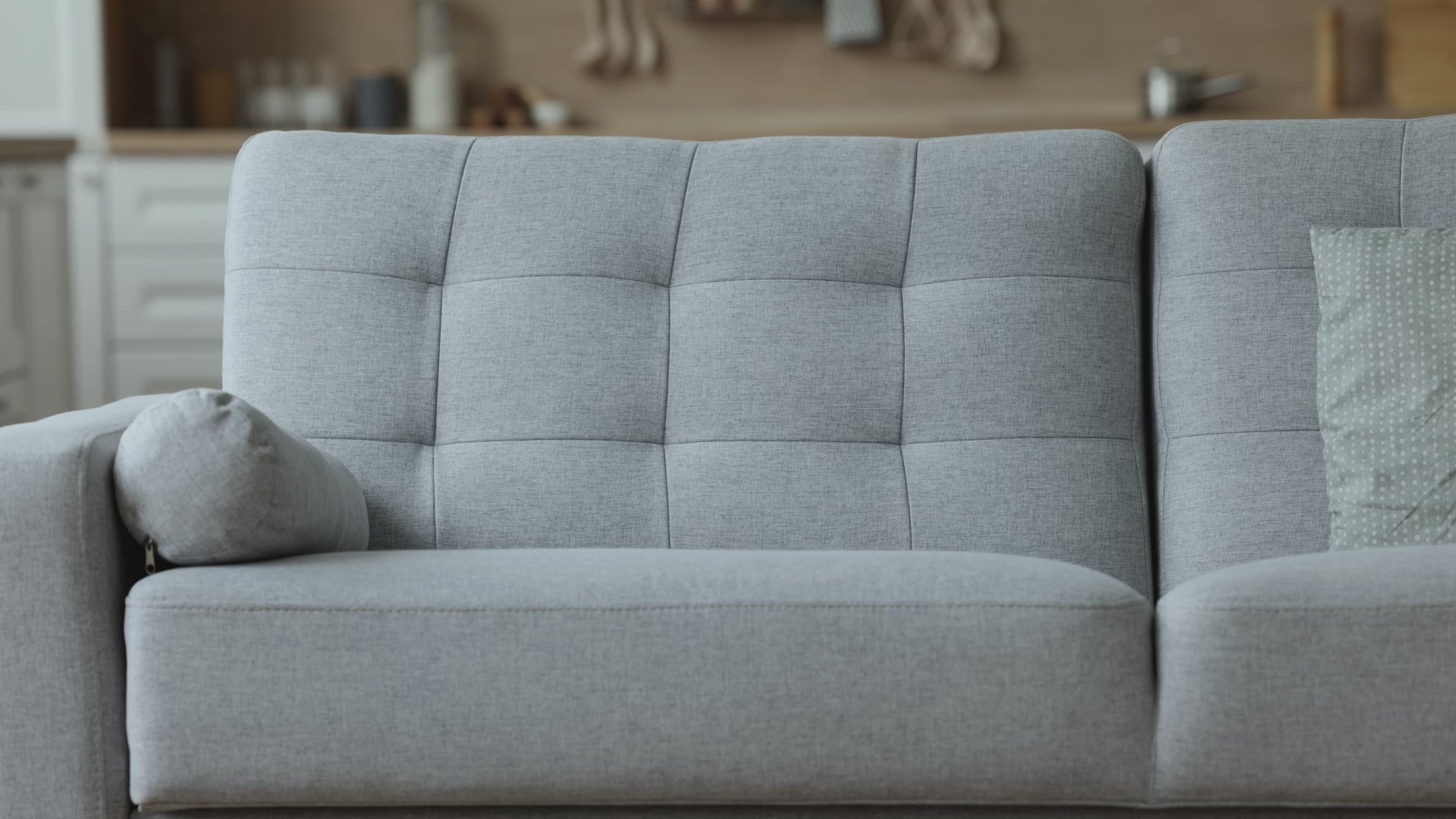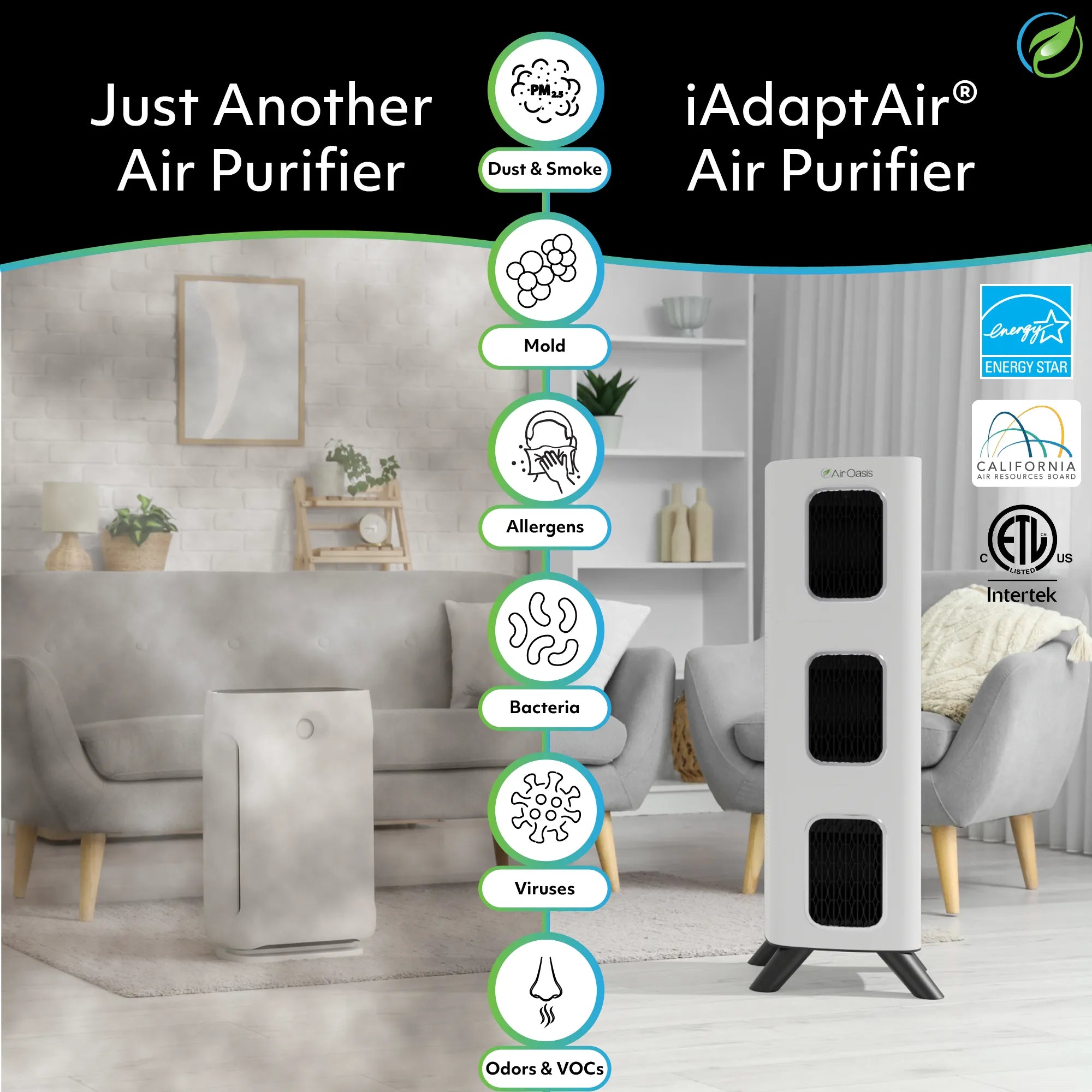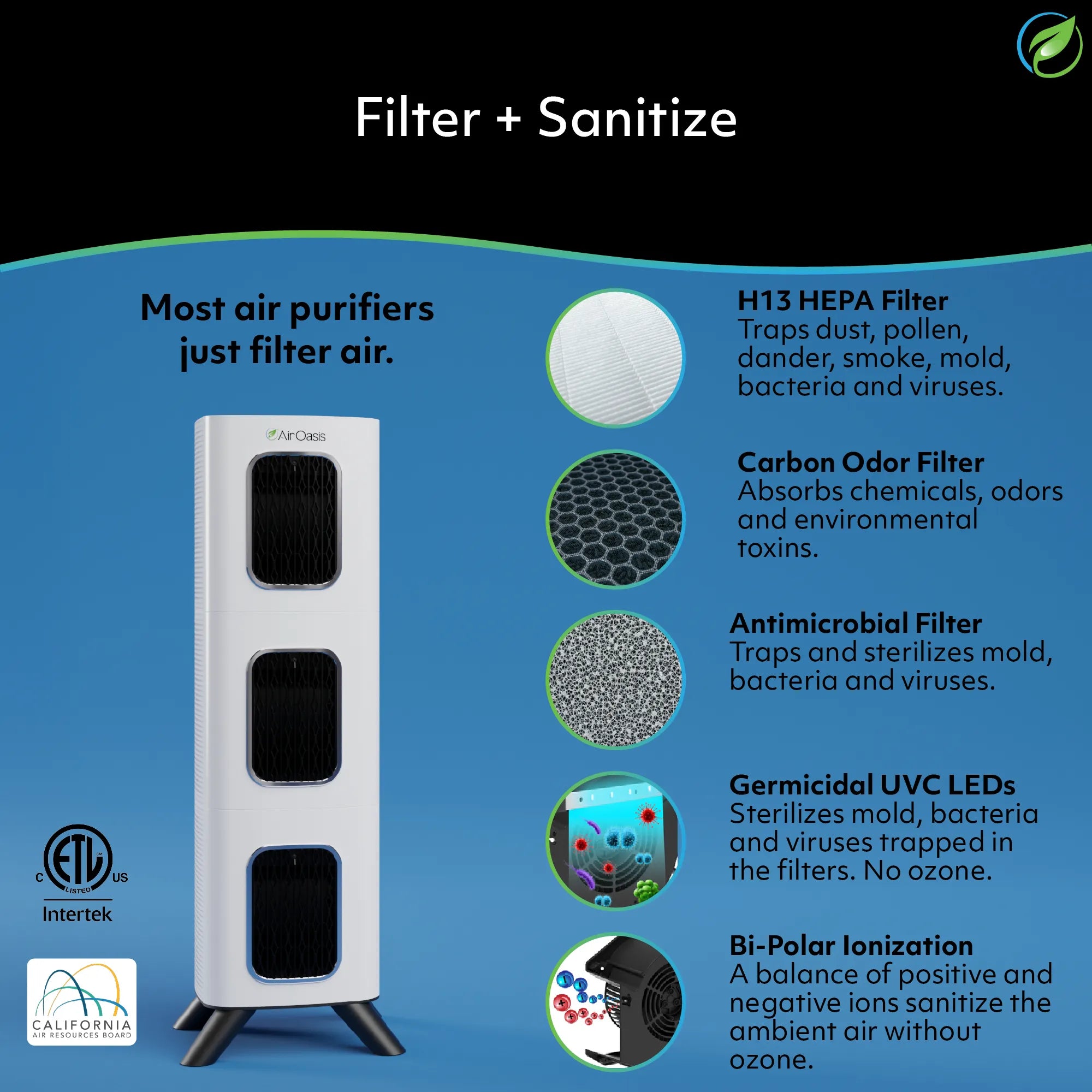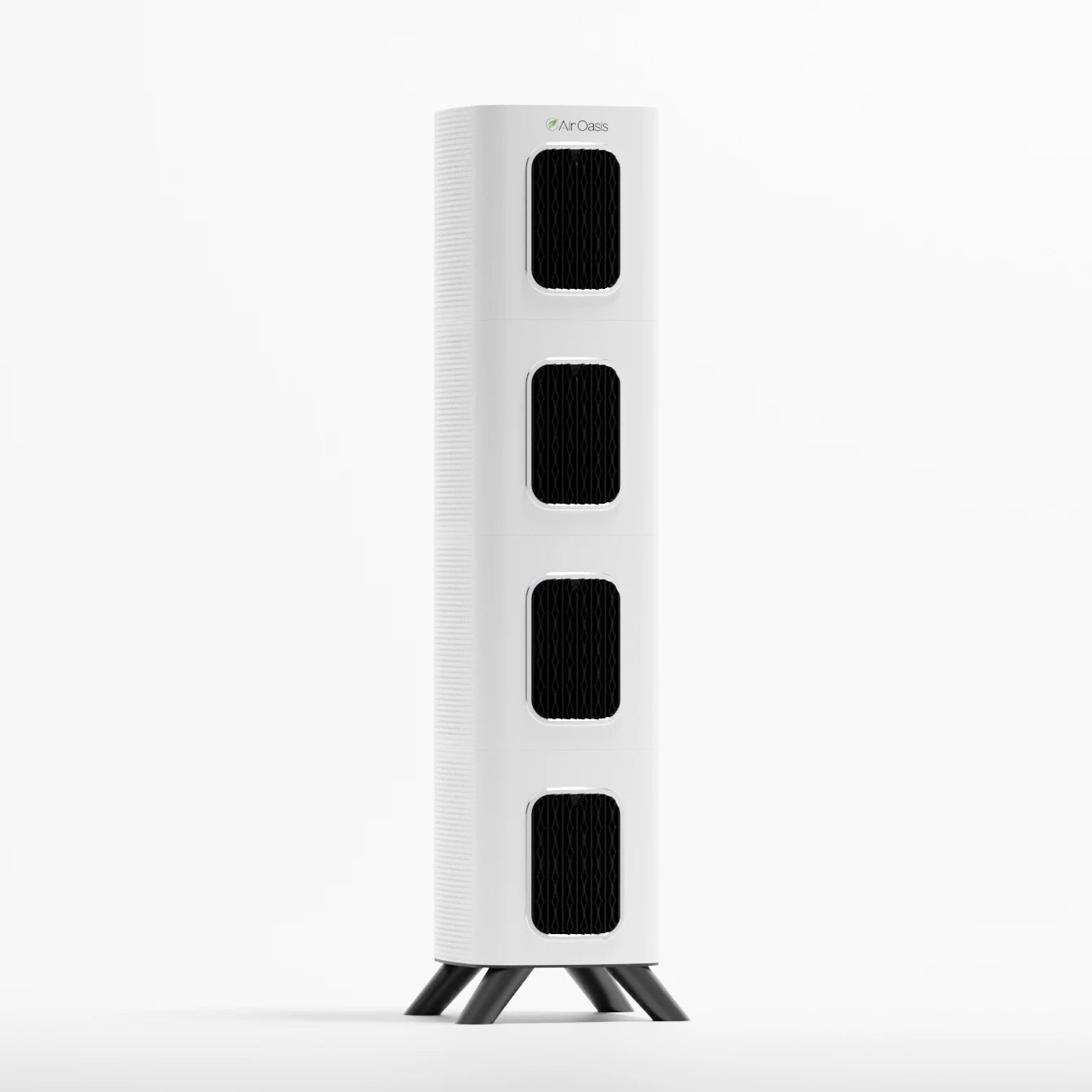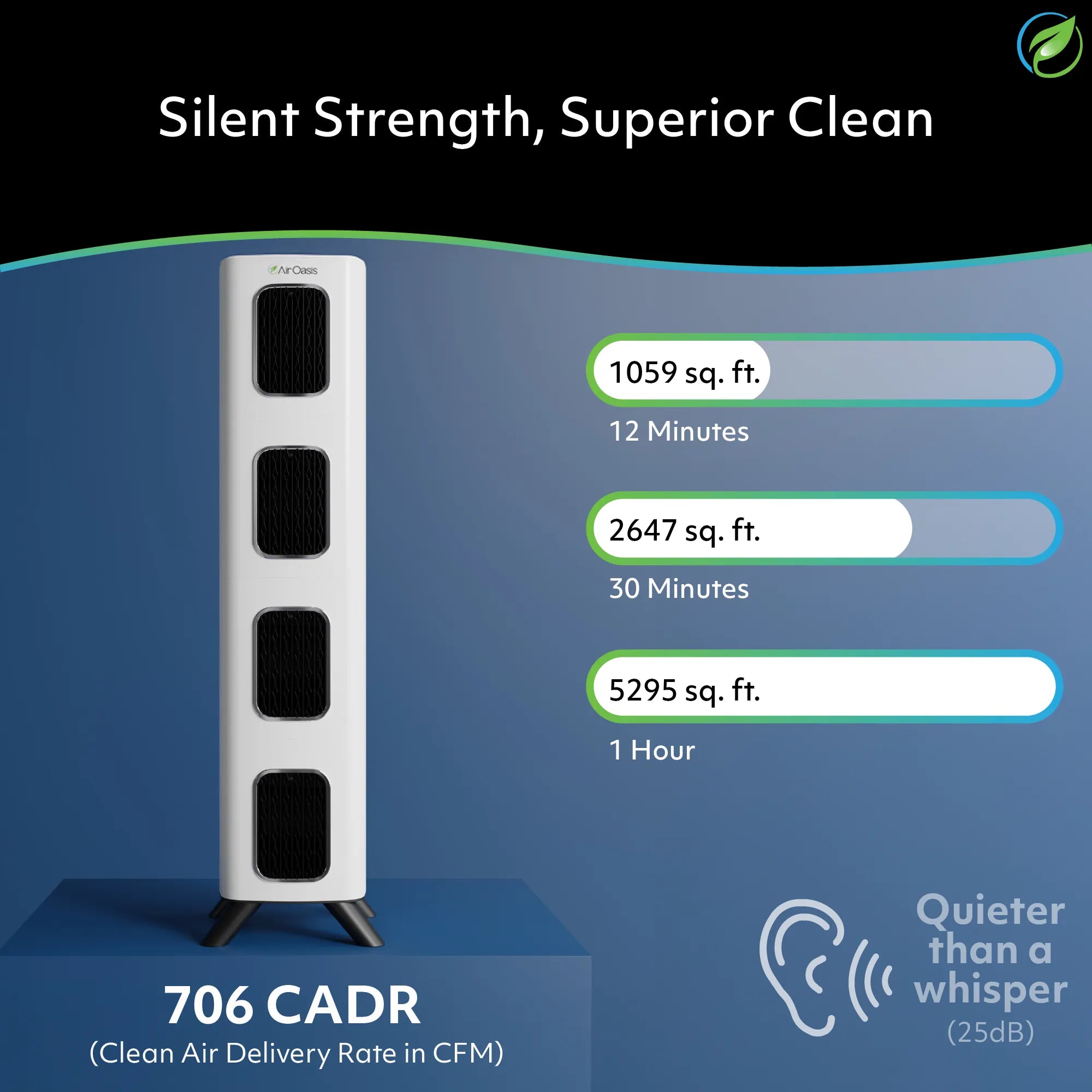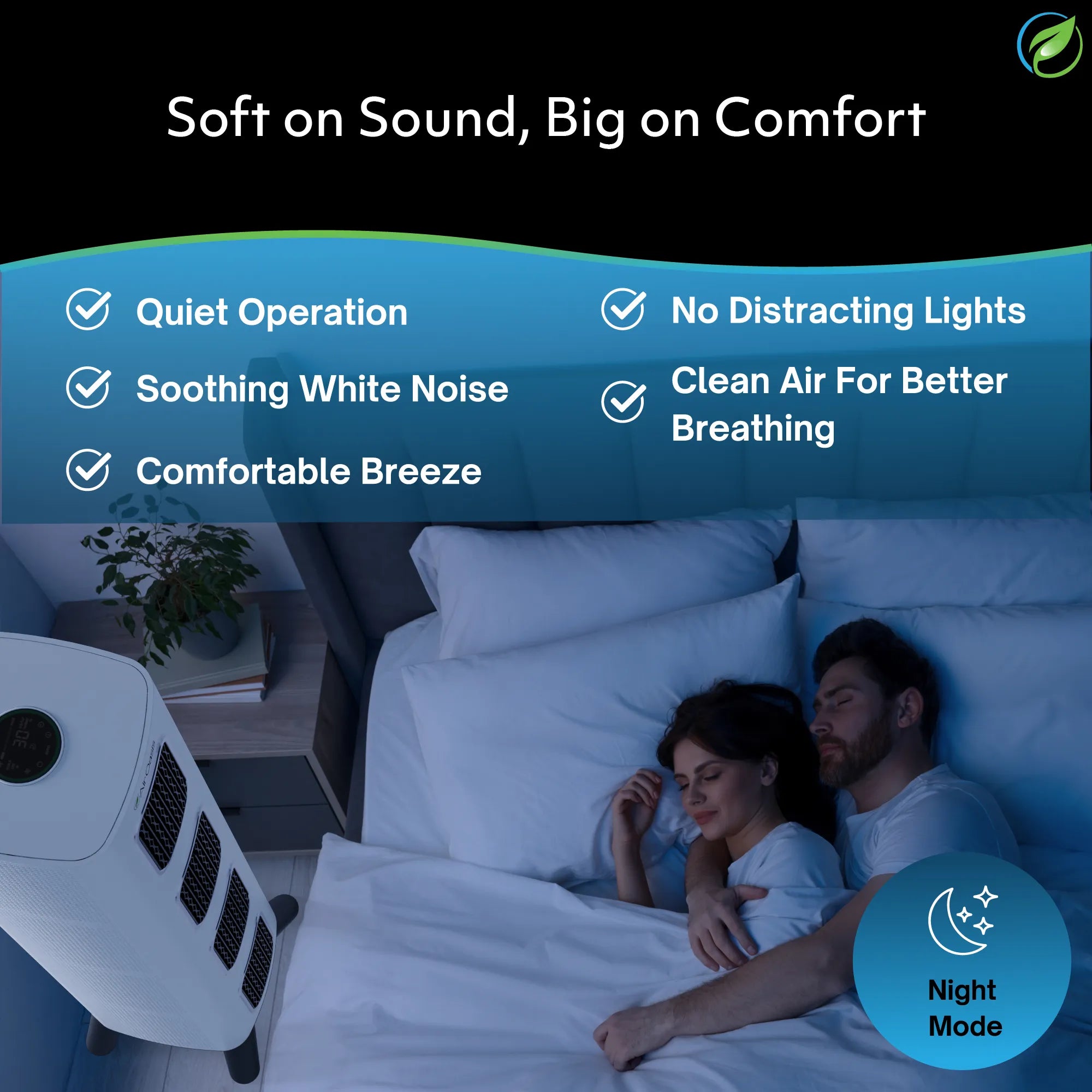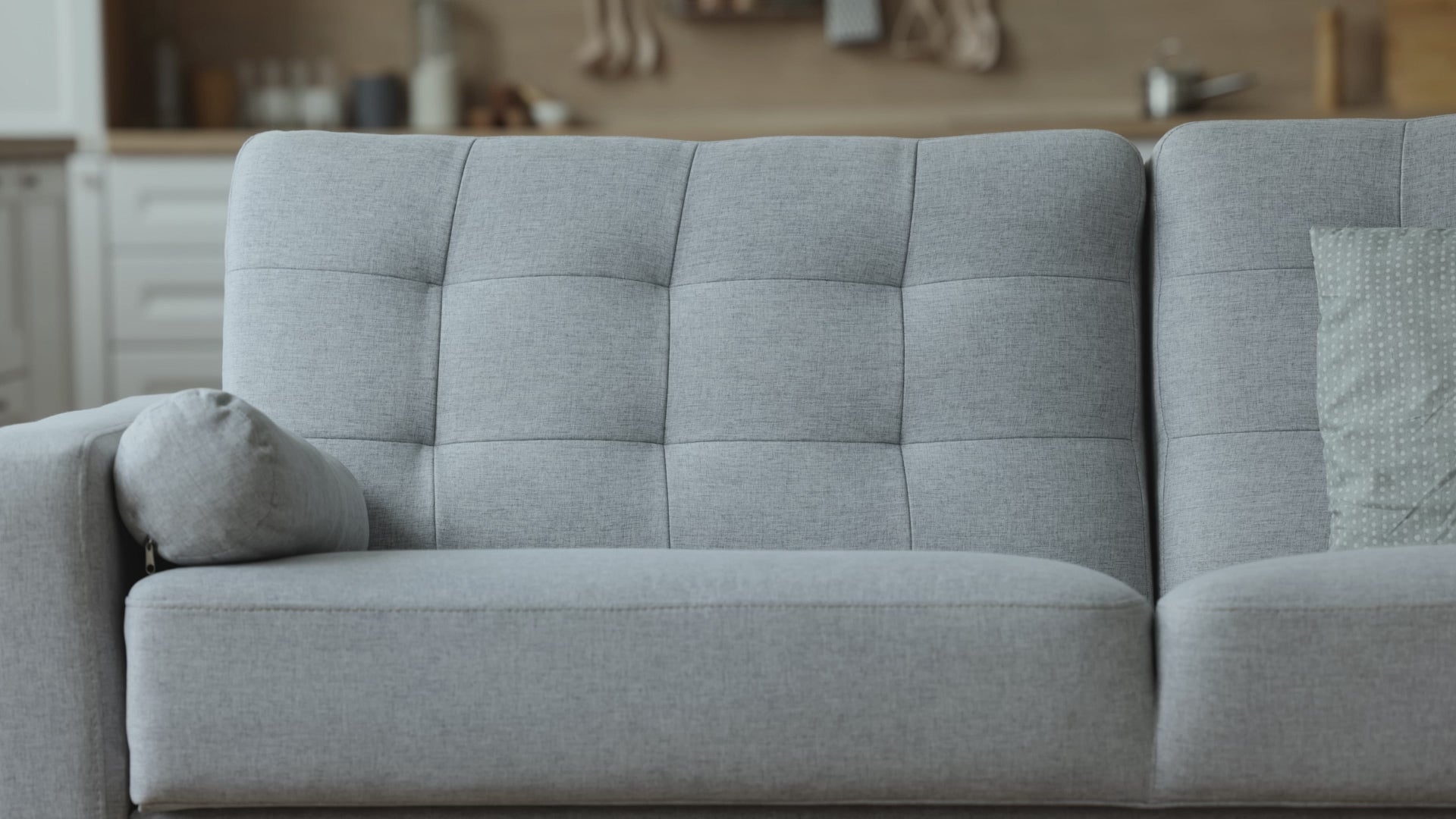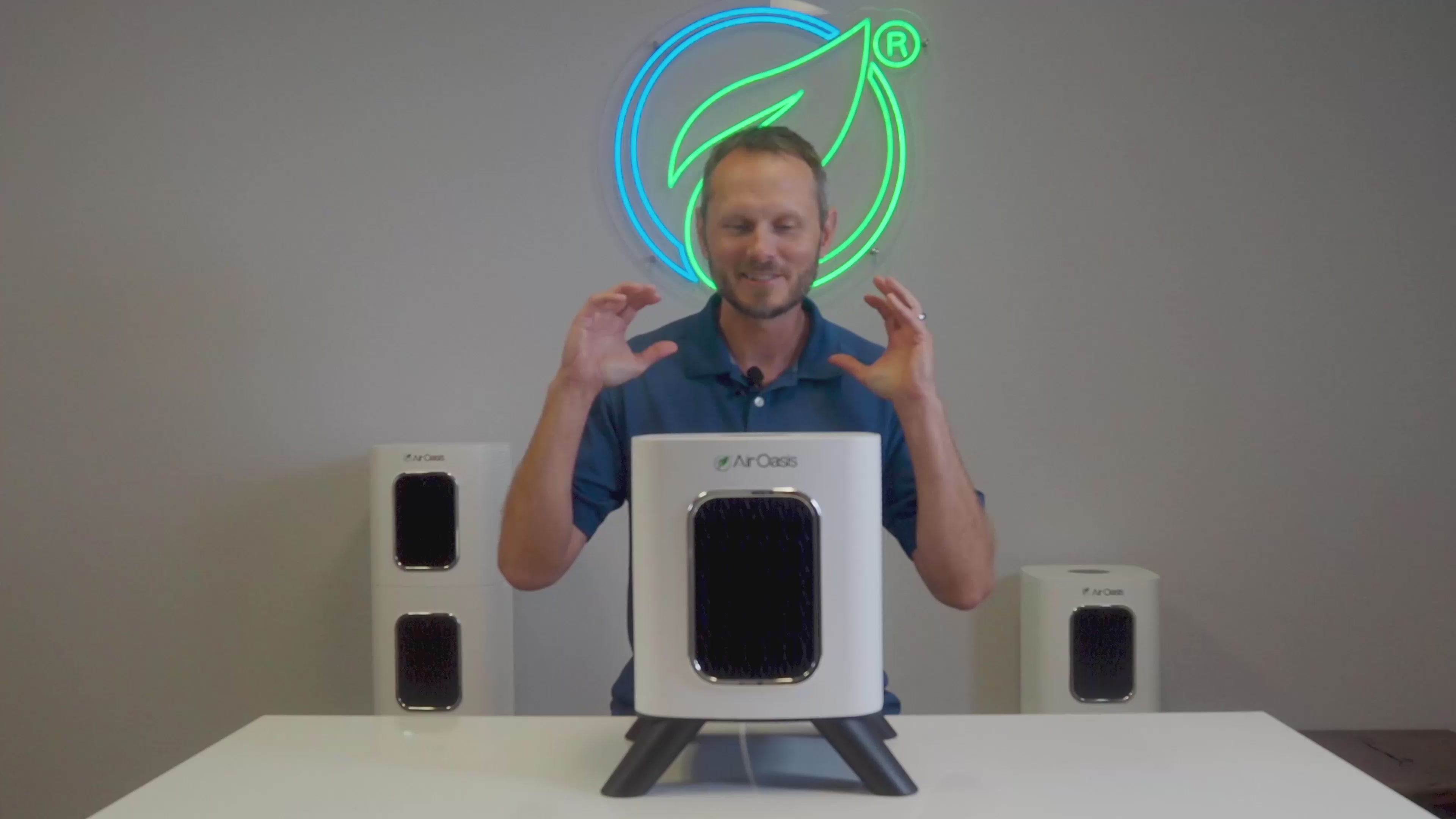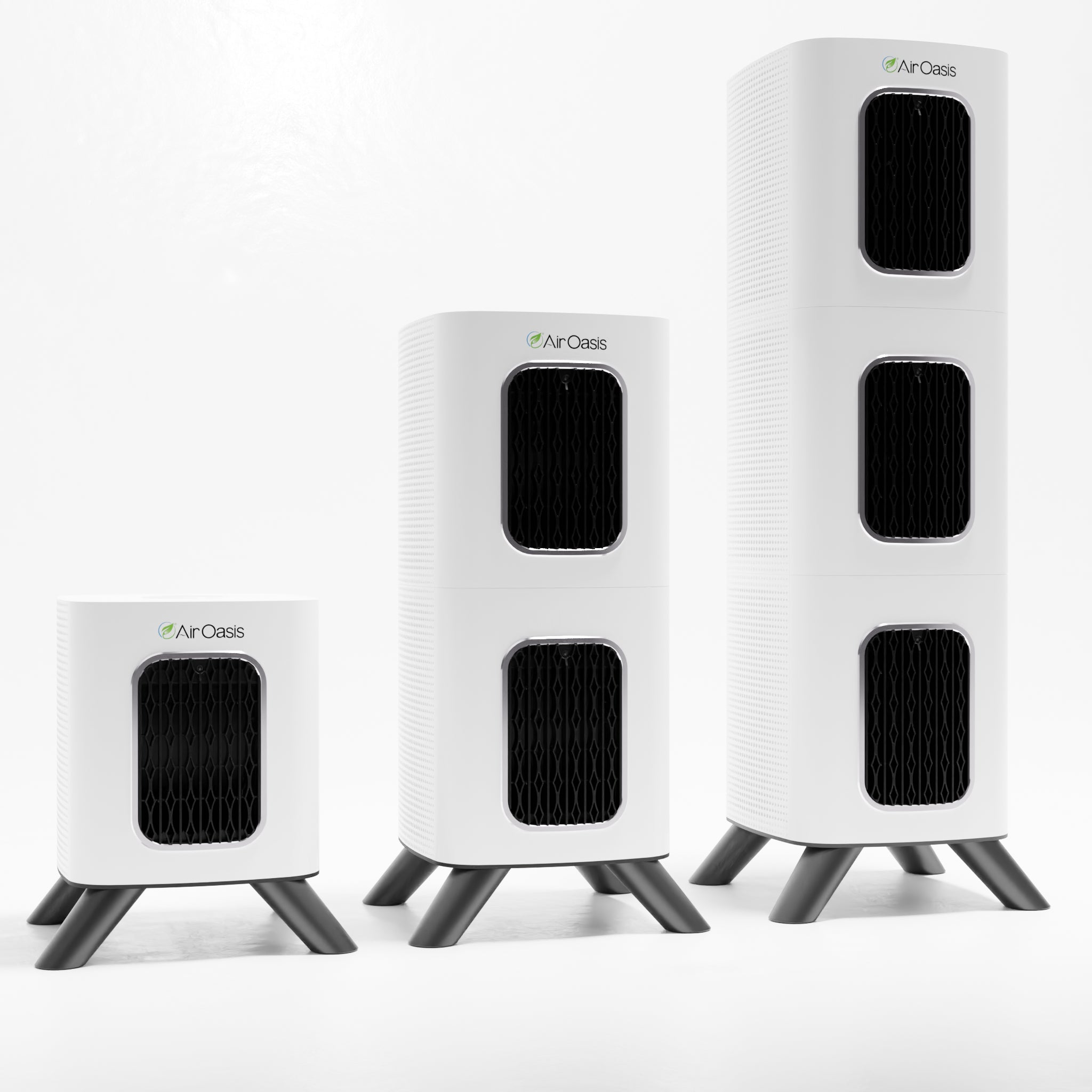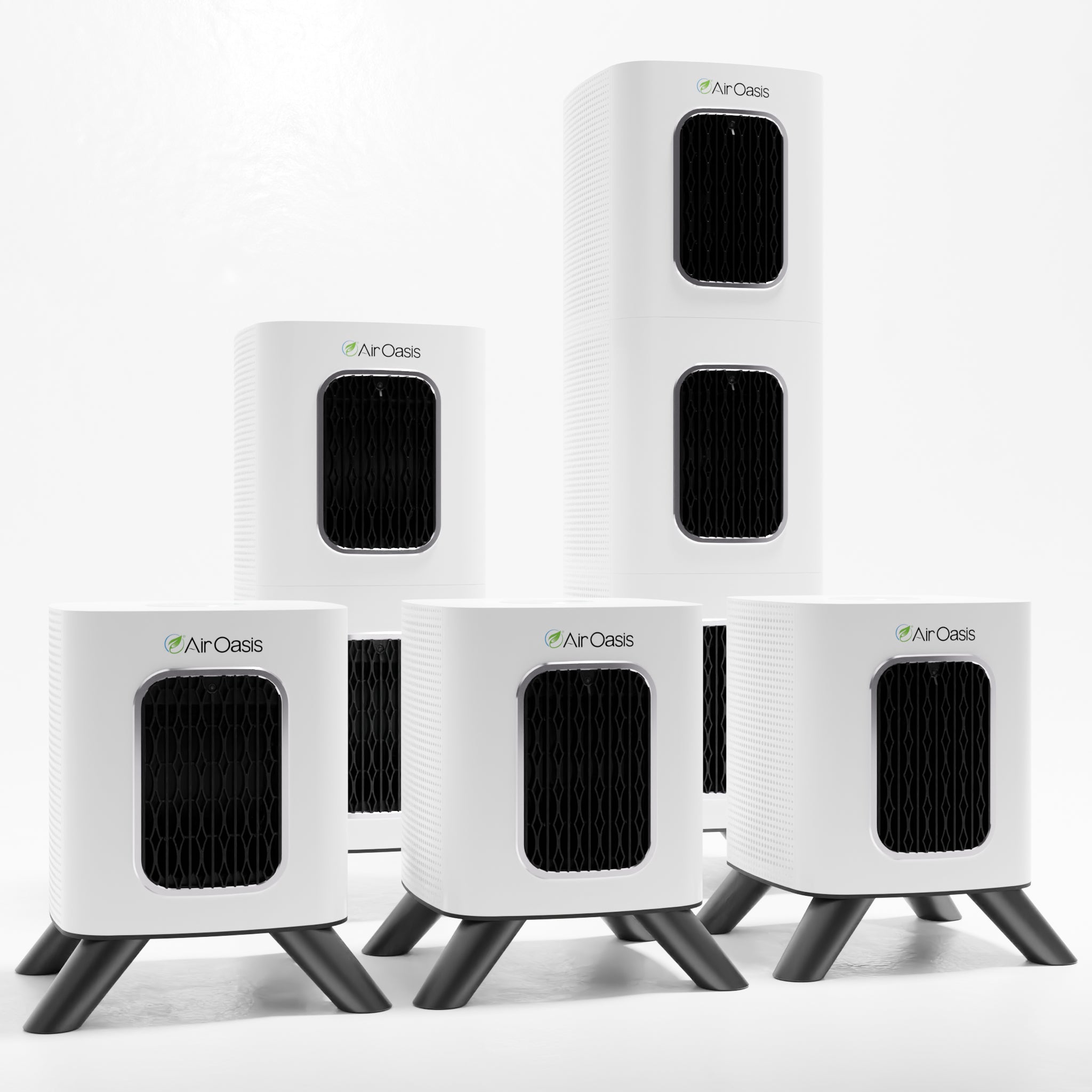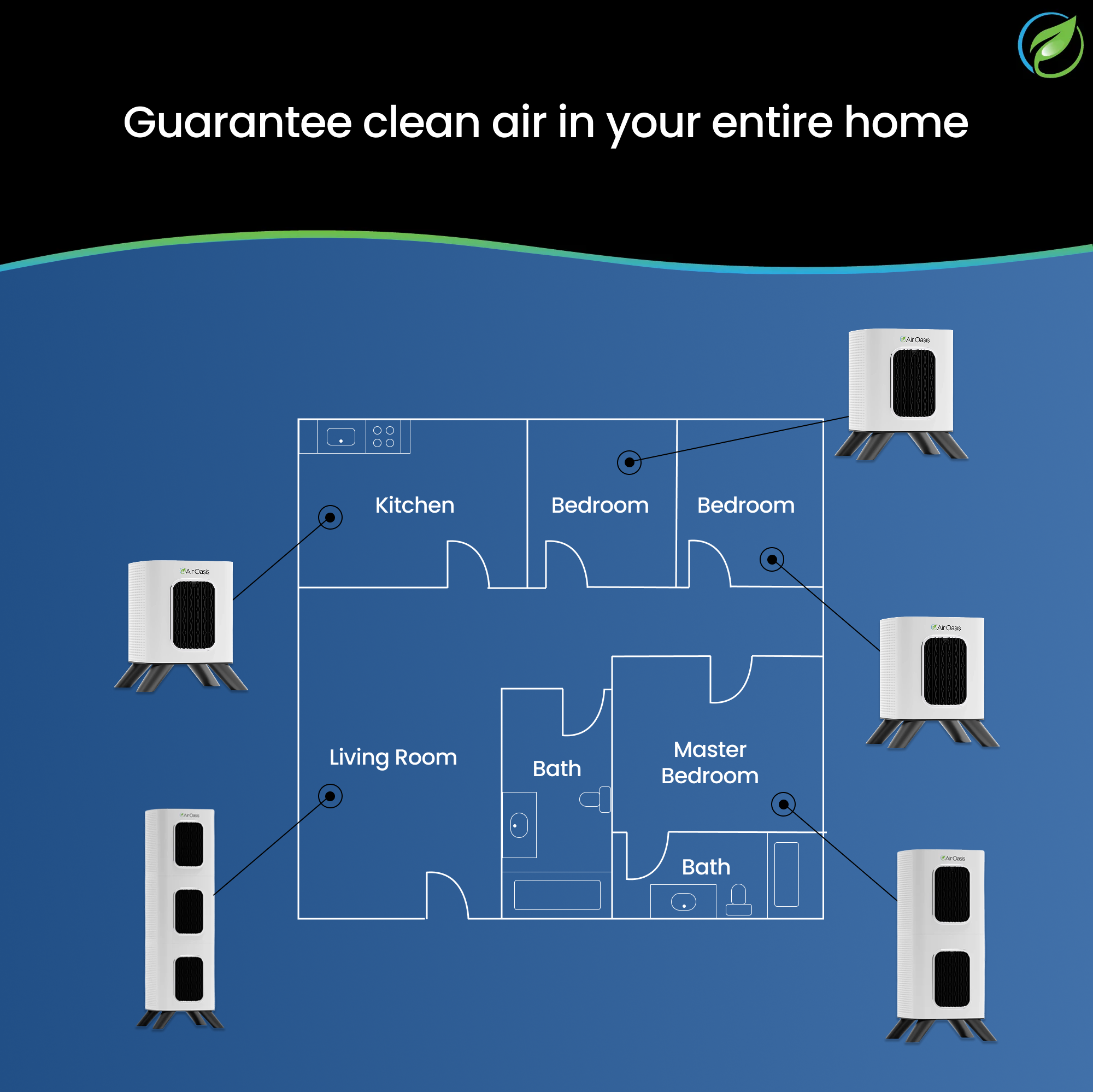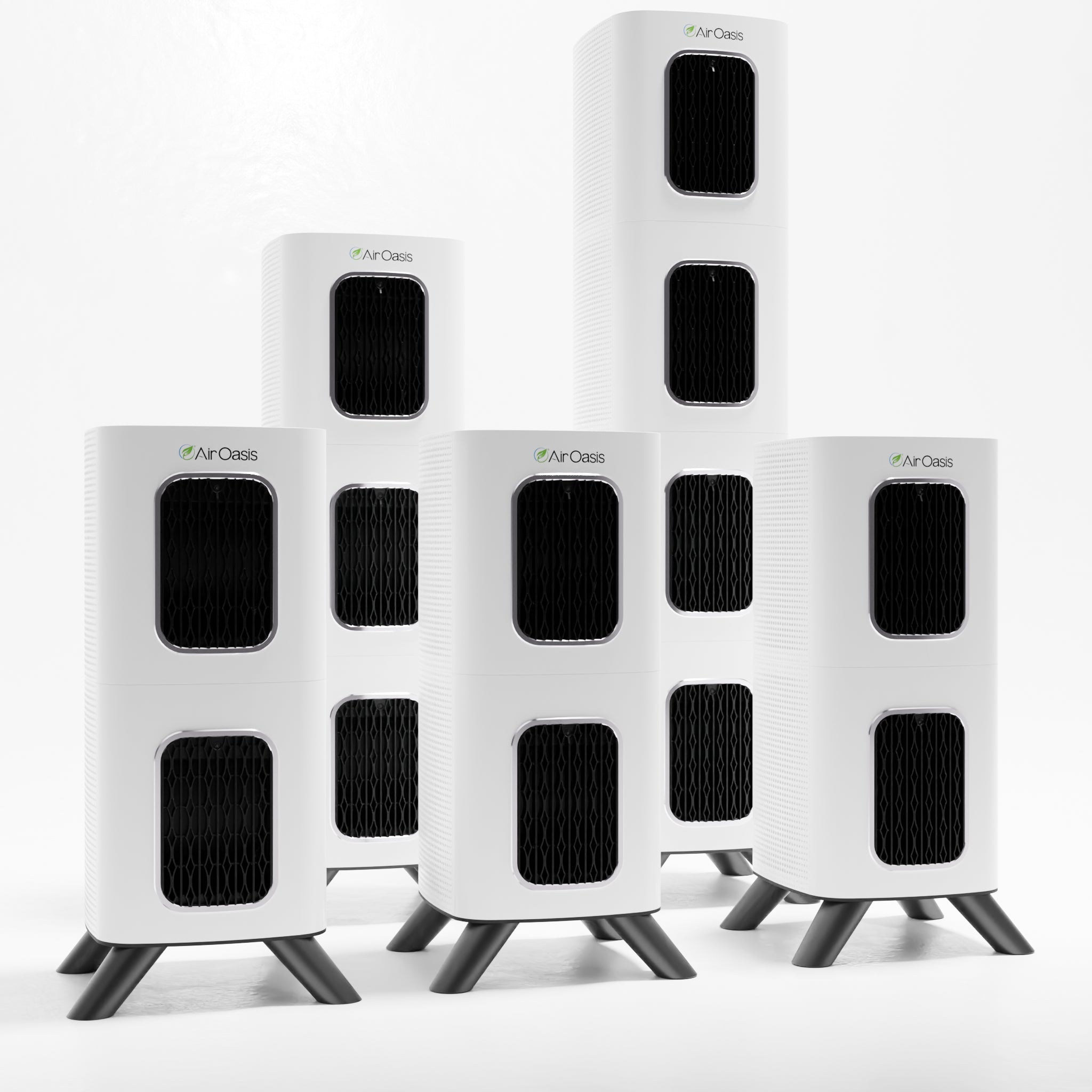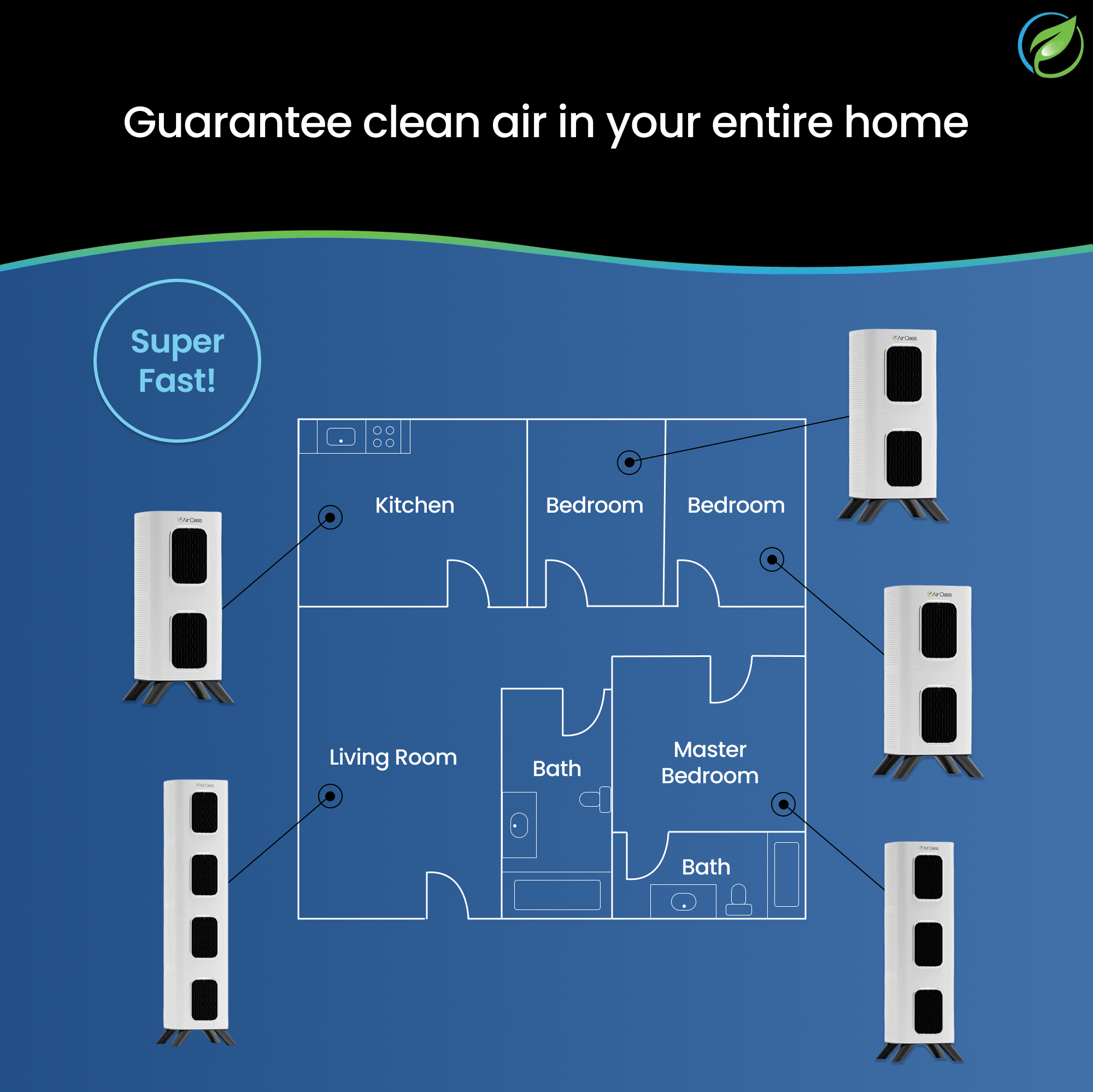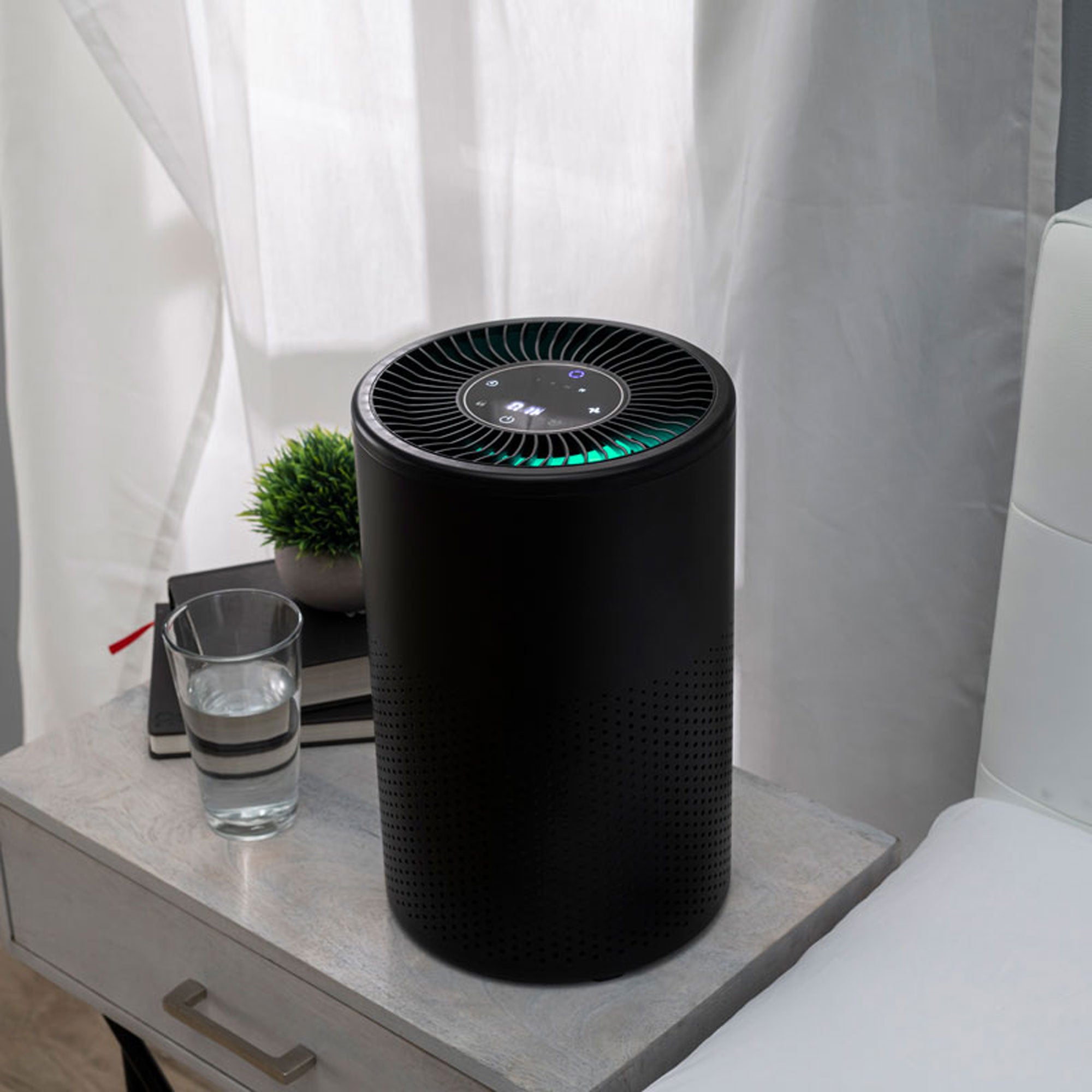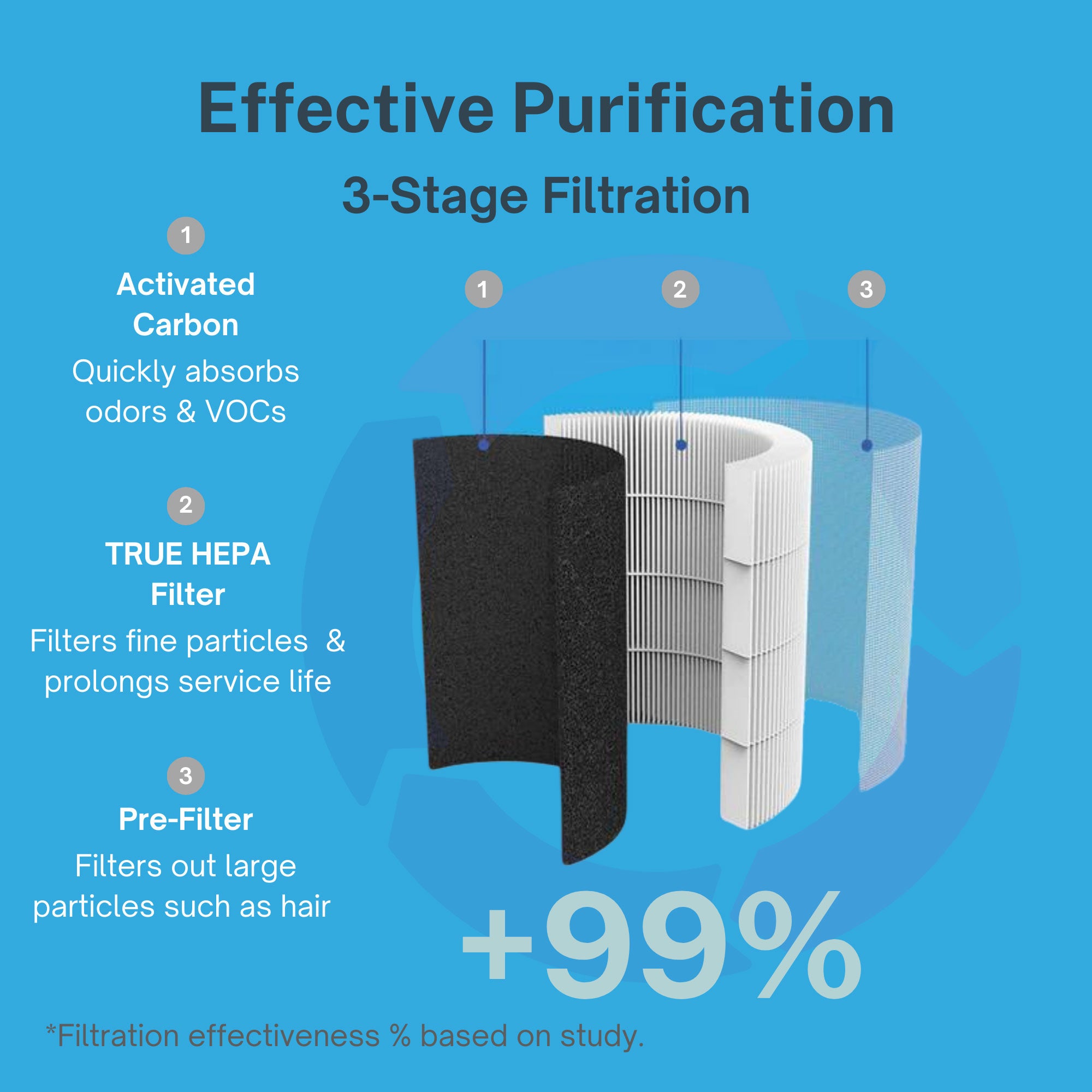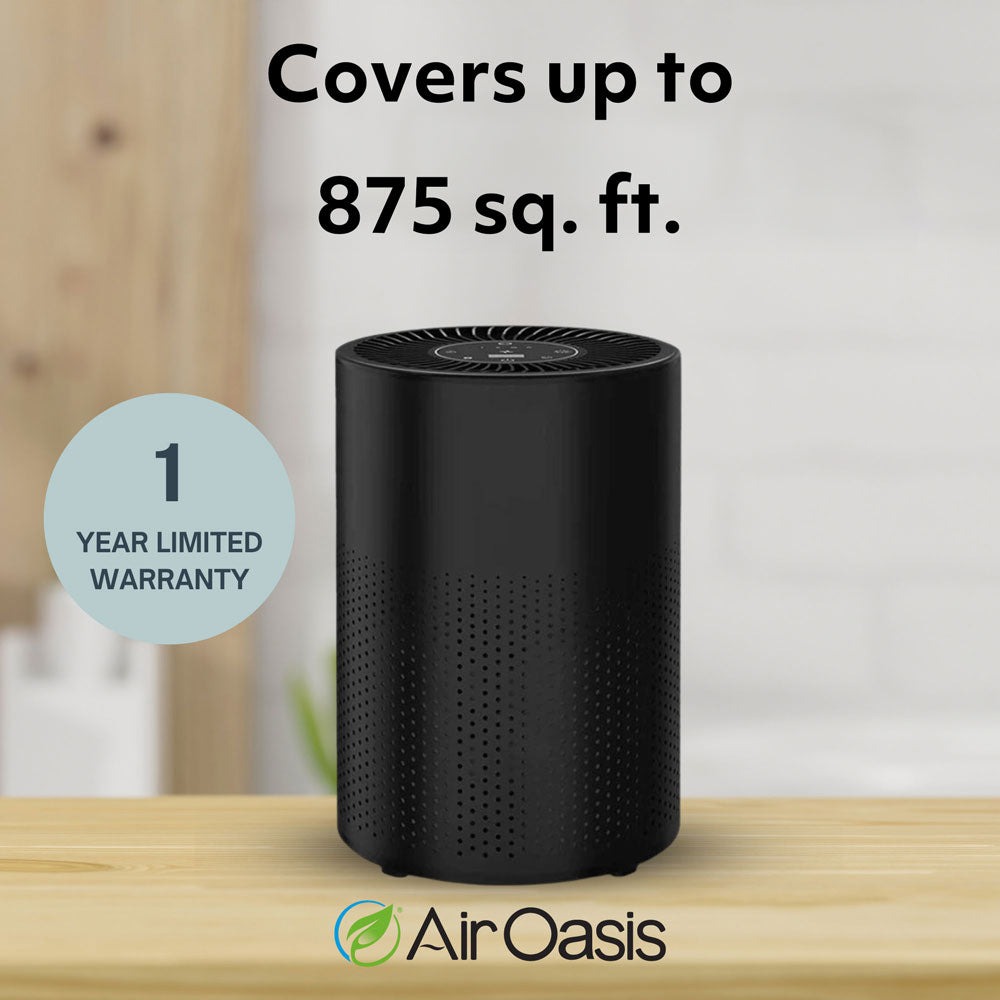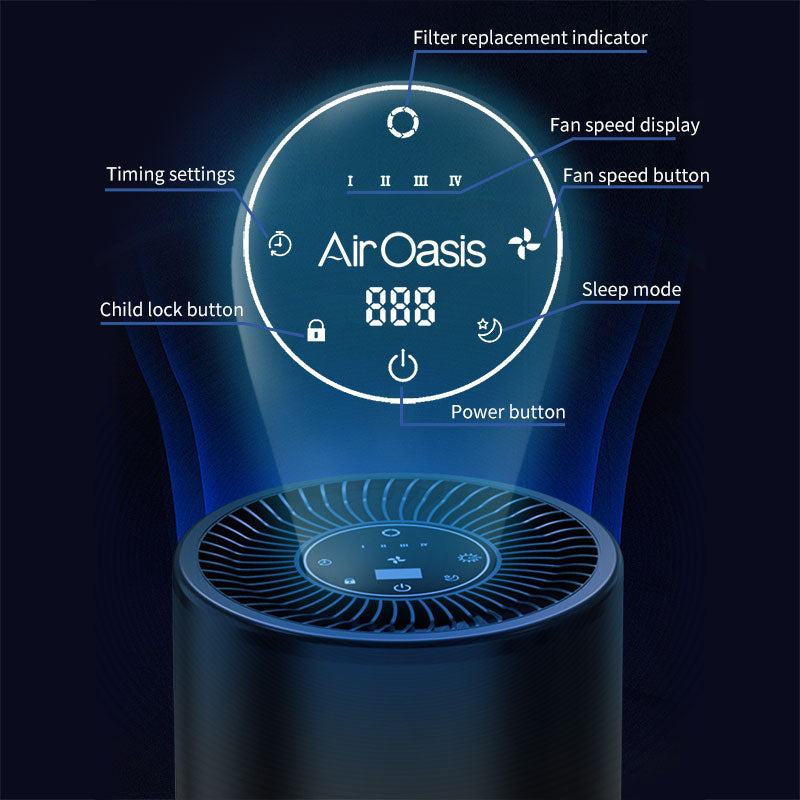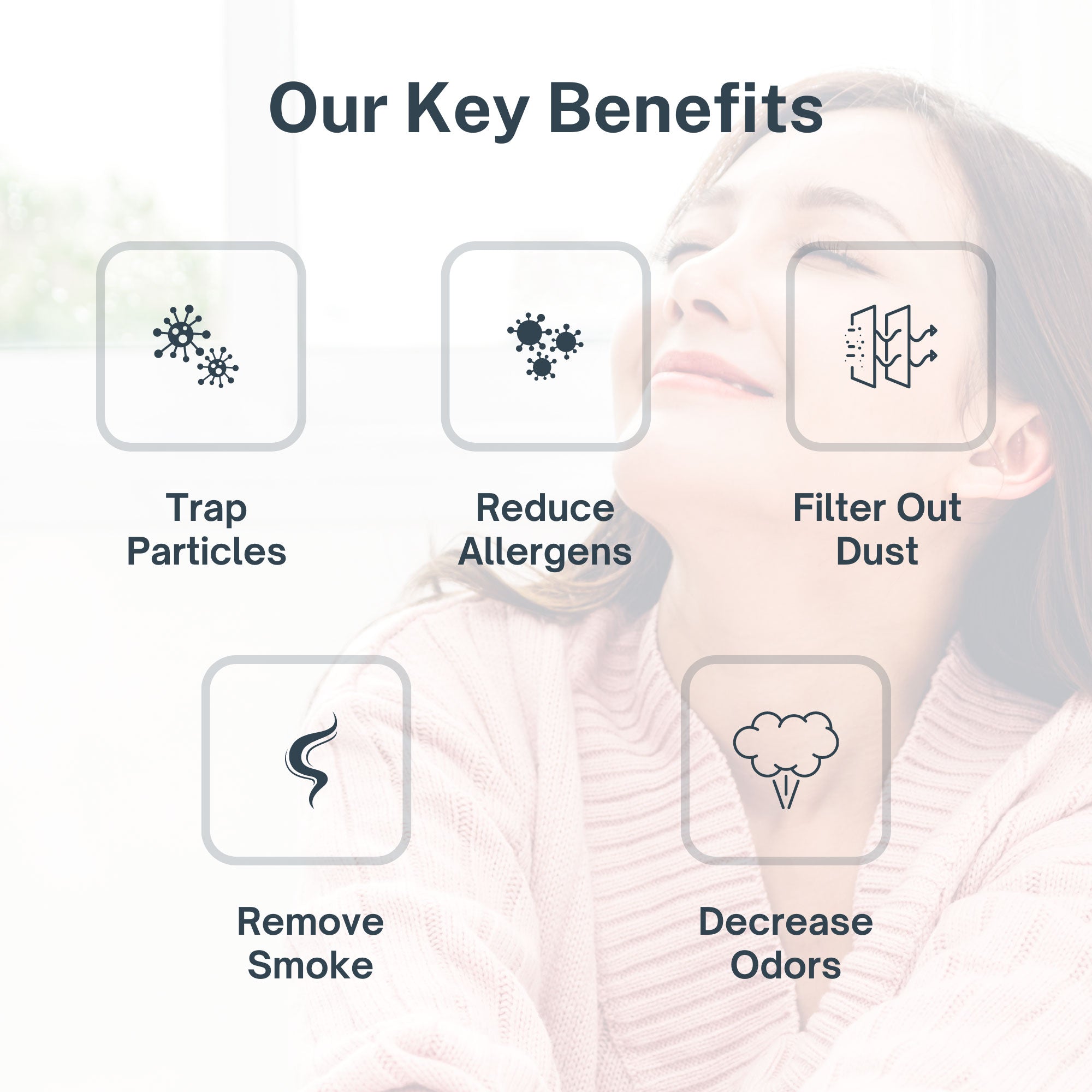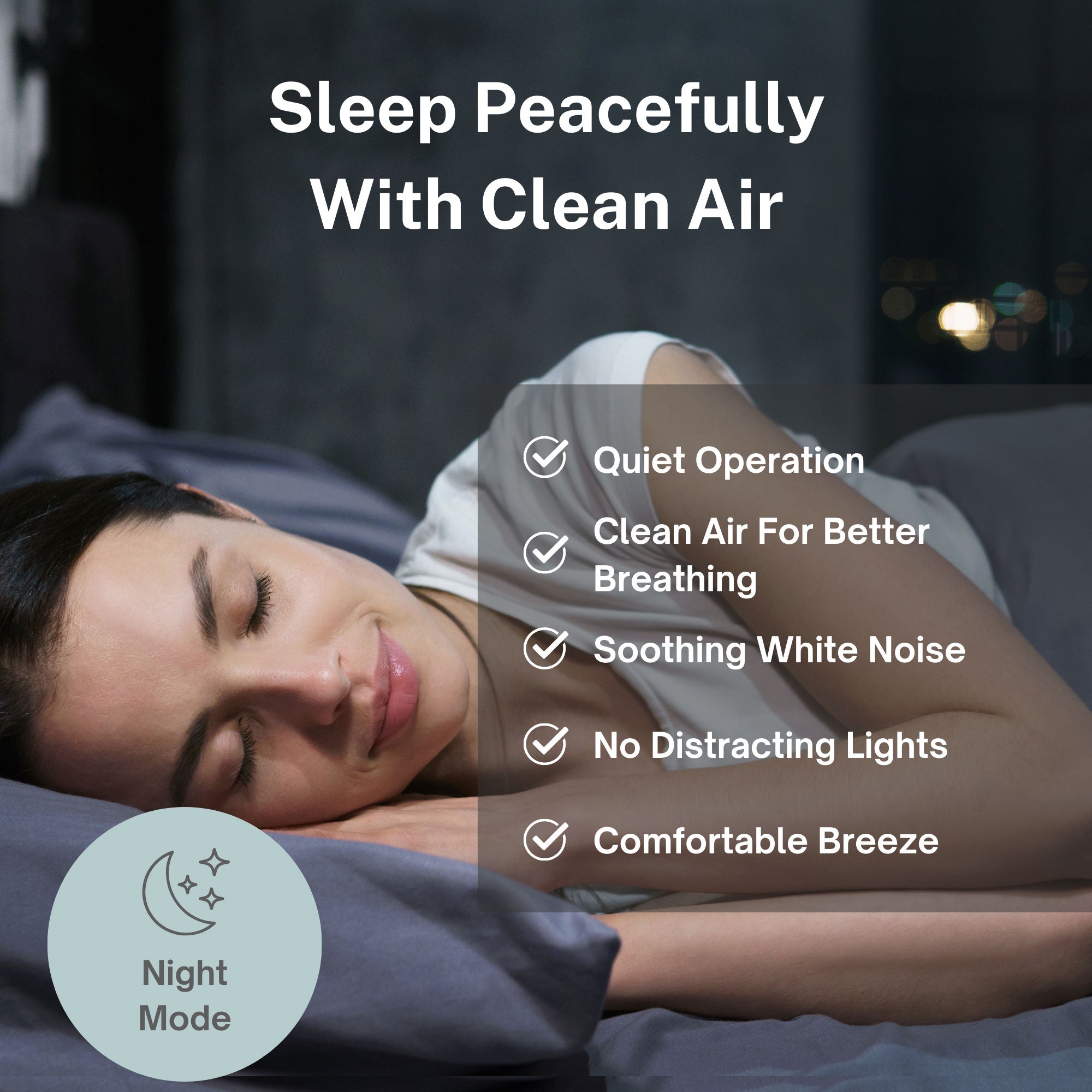Microscopic plastic particles are floating through your home right now, entering your lungs with every breath you take. Recent research reveals that microplastics - tiny plastic fragments smaller than 5 millimeters - are not just polluting our oceans and soil, but have invaded our indoor air spaces at concentrations that may exceed outdoor levels. These invisible invaders, primarily fibrous particles shed from synthetic textiles, pose emerging health risks that scientists are only beginning to understand.
The implications are staggering: every time you breathe indoors, you're potentially inhaling plastic particles that can bypass your body's natural defenses and penetrate deep into lung tissue, bloodstream, and other organs.
The Science Behind Airborne Microplastic Detection
Groundbreaking 2024 research published in Aerosol and Air Quality Research has revolutionized our understanding of indoor microplastic contamination through advanced detection methods. Scientists at the National University of Science and Technology developed cutting-edge techniques that can identify and quantify these microscopic pollutants in just two days, compared to previous methods requiring over a week.
Indoor air can be two to five times more polluted than outdoor air, and this research confirms that microplastics contribute significantly to this contamination. The study found microplastics present in 100% of indoor air samples tested, with concentrations averaging 4.34 particles per cubic meter - nearly five times higher than outdoor concentrations.
Most concerning is the fibrous nature of these particles, which primarily originate from synthetic textiles including clothing, carpets, and upholstery. These microscopic fibers, often smaller than 10 micrometers, can evade your respiratory system's natural clearance mechanisms and lodge directly in lung tissue, potentially causing inflammation, oxidative stress, and long-term health complications.
How Microplastics Infiltrate Your Indoor Environment
Your home acts as a collection chamber for microplastic pollution, trapping particles released from everyday synthetic materials. Every time you walk across carpet, sit on furniture, or handle synthetic fabrics, microscopic plastic fibers become airborne and circulate through your living space.
The Air Oasis iAdaptAir systems address this pervasive contamination through medical-grade HEPA filtration capable of capturing particles as small as 0.3 micrometers - significantly smaller than most microplastic fragments. This advanced filtration technology, combined with activated carbon and ionization, creates comprehensive protection against both visible and invisible airborne contaminants.
Research indicates that indoor microplastic concentrations fluctuate based on activities like cleaning, clothing changes, and textile use. Unlike outdoor pollution that disperses naturally, indoor microplastics accumulate over time, creating persistent exposure environments that affect your health 24/7. The fibrous nature of these particles makes them particularly concerning, as their length-to-width ratio exceeds 3:1, mimicking the structure of asbestos fibers in how they interact with respiratory tissue.
Health Implications of Chronic Microplastic Exposure
Recent studies have detected microplastics in human lung tissue, blood, and organs, confirming that these particles successfully penetrate biological barriers once considered impermeable. The health implications are profound and still emerging, but early research suggests connections to respiratory inflammation, cardiovascular stress, and potential carcinogenic effects.
Particles smaller than 10 micrometers can bypass mucociliary clearance - your lungs' natural cleaning mechanism - and embed directly in alveolar tissue where gas exchange occurs. Once lodged, these synthetic particles may trigger chronic inflammatory responses, potentially contributing to respiratory diseases, reduced lung function, and systemic health impacts.
According to research published in Science of the Total Environment, microplastic exposure may cause cellular damage through physical lacerations and chemical leaching of additives used in plastic manufacturing. Children face particular risk due to their higher respiratory rates and developing immune systems, while individuals with existing respiratory conditions like asthma may experience exacerbated symptoms.
Creating Microplastic-Free Indoor Environments
Advanced air purification technology offers the most effective defense against microplastic contamination in your home. Unlike standard air cleaners that target larger particles, medical-grade systems must employ multiple filtration stages to address the diverse size range and composition of airborne microplastics.
The Air Oasis comprehensive air purification approach combines True HEPA filtration with activated carbon absorption and UV-C sterilization to capture and neutralize microplastic particles across all size ranges. This multi-stage technology addresses both primary microplastics (particles released directly from products) and secondary microplastics (formed through breakdown of larger plastic items).
Implementation requires strategic placement of air purification systems in high-activity areas where textile use is frequent, including bedrooms, living rooms, and laundry areas. Continuous operation ensures consistent particle removal, preventing accumulation that occurs when systems operate only intermittently or during specific activities.
The Future of Indoor Air Quality and Microplastic Control
As research continues revealing the extent of microplastic contamination in indoor environments, proactive air quality management becomes essential for long-term health protection. The ubiquitous nature of synthetic materials in modern homes means microplastic exposure is unavoidable without technological intervention.
Emerging detection methods like those described in recent Aerosol and Air Quality Research studies provide unprecedented insight into indoor contamination patterns, enabling targeted mitigation strategies. These scientific advances confirm that comprehensive air purification is no longer optional for health-conscious individuals - it's a necessity for protecting against an invisible but pervasive environmental threat.
The research clearly demonstrates that indoor microplastic concentrations exceed outdoor levels, making your home a primary exposure site rather than a protective sanctuary. Taking control of your indoor air quality through advanced purification technology provides immediate protection while supporting long-term respiratory and systemic health.
Breathe Clean Air in a Microplastic World
Microplastic contamination represents a new frontier in indoor air quality management, requiring advanced technological solutions to address particles too small to see but significant enough to impact your health. Don't let invisible plastic pollution compromise your family's wellbeing. Shop Air Oasis today and create a truly clean air environment that filters out microplastics and other harmful contaminants.






